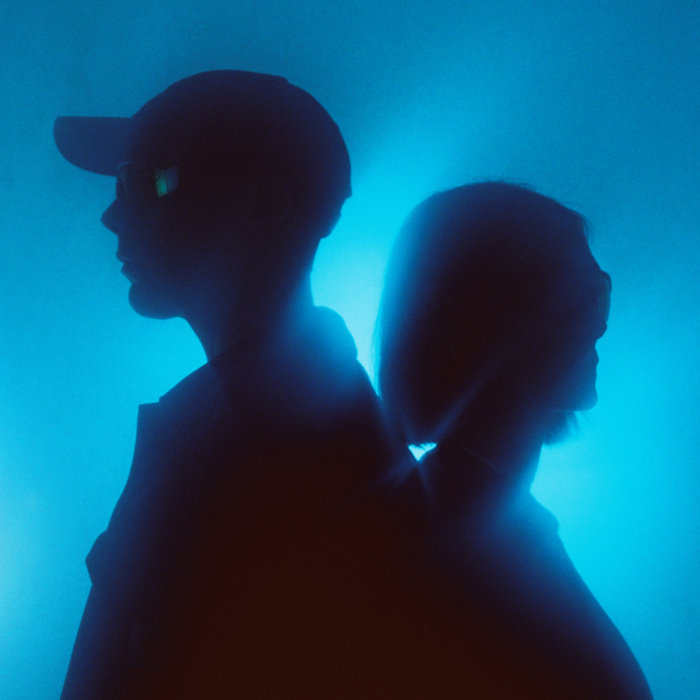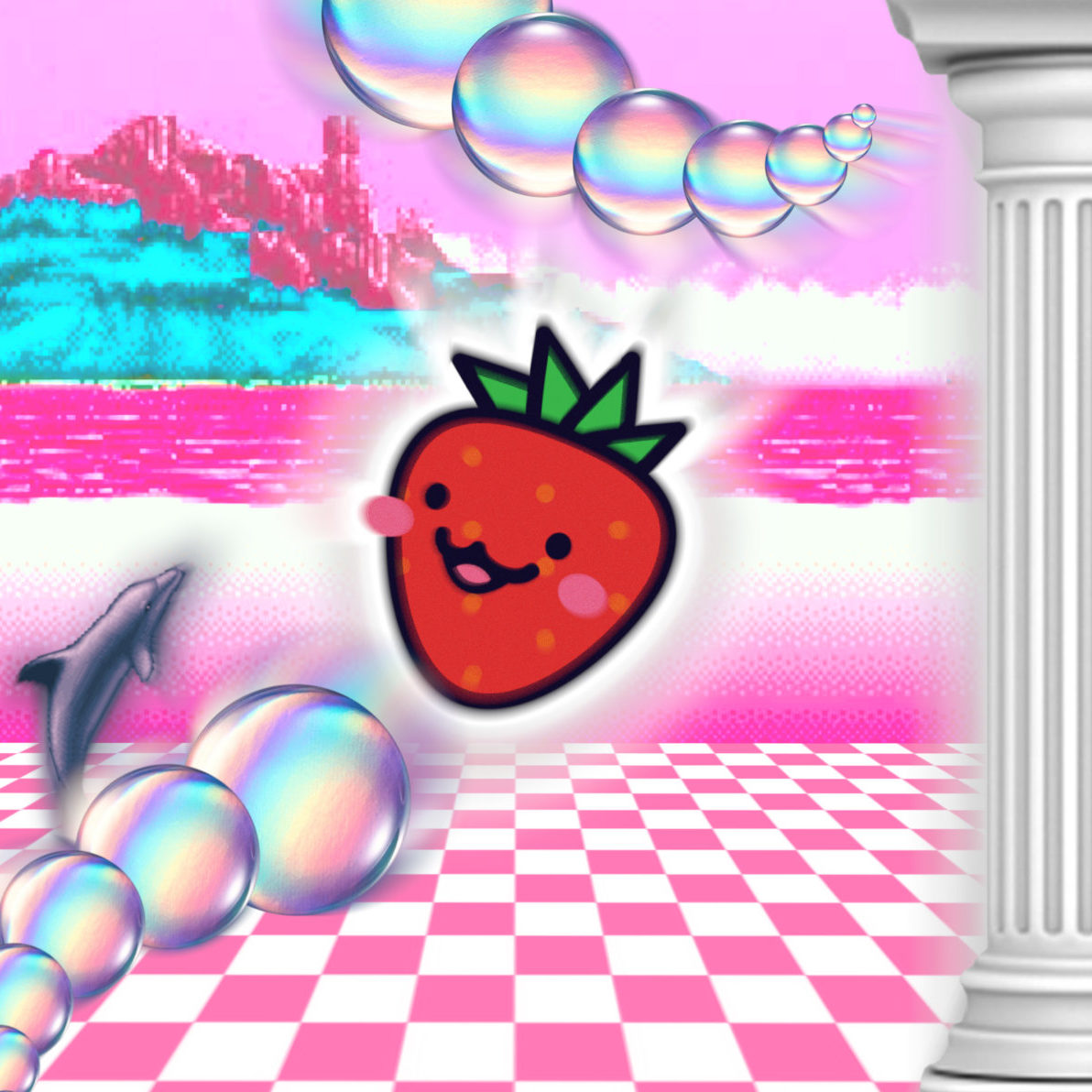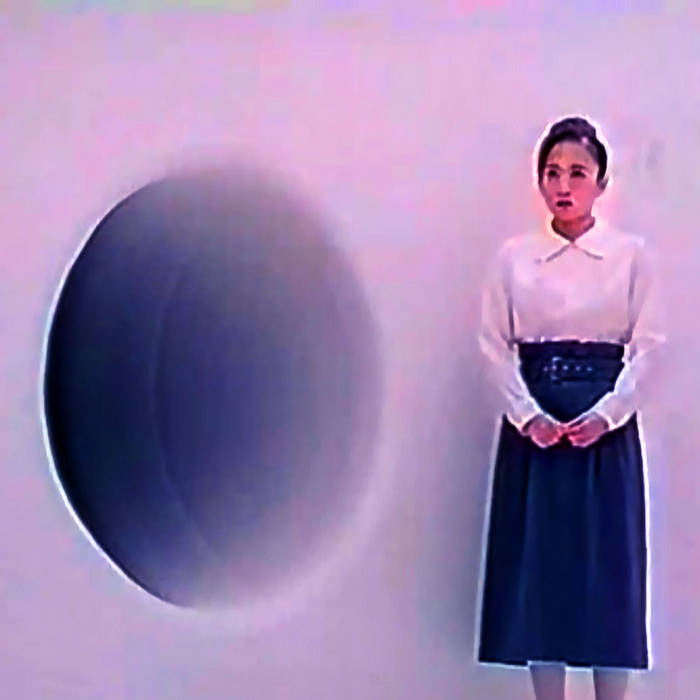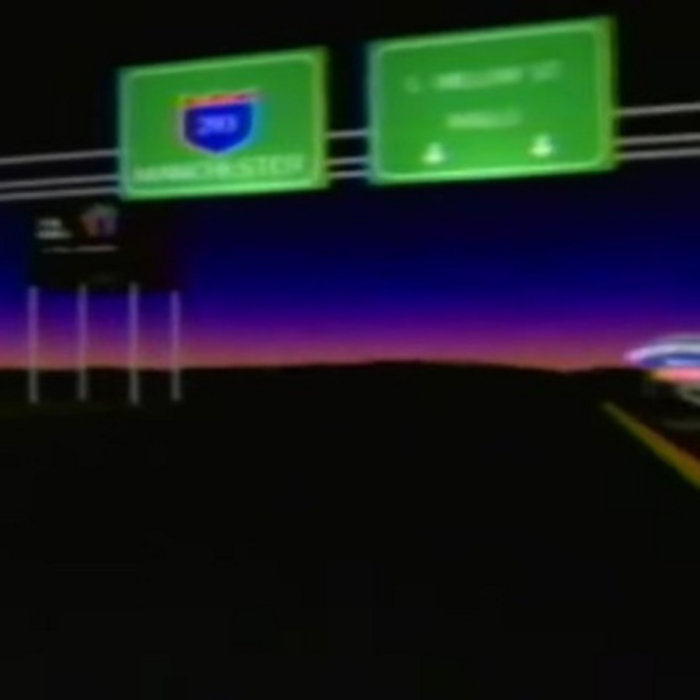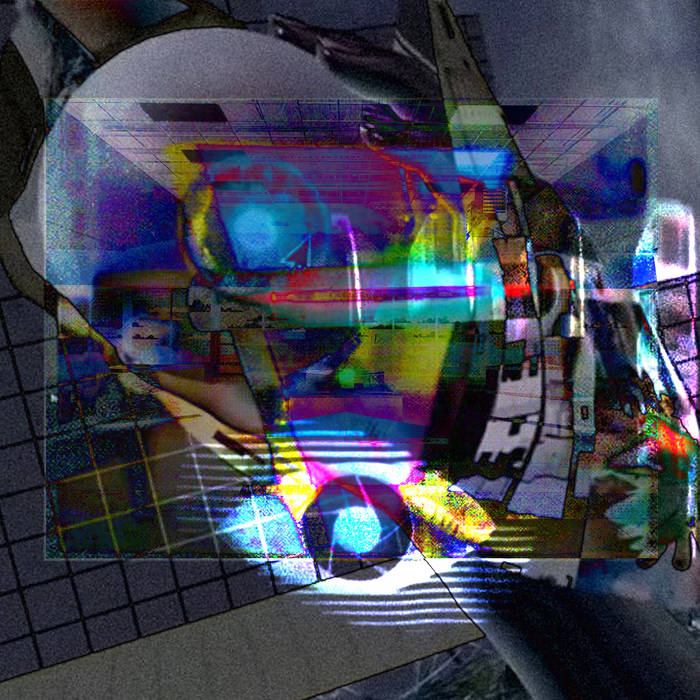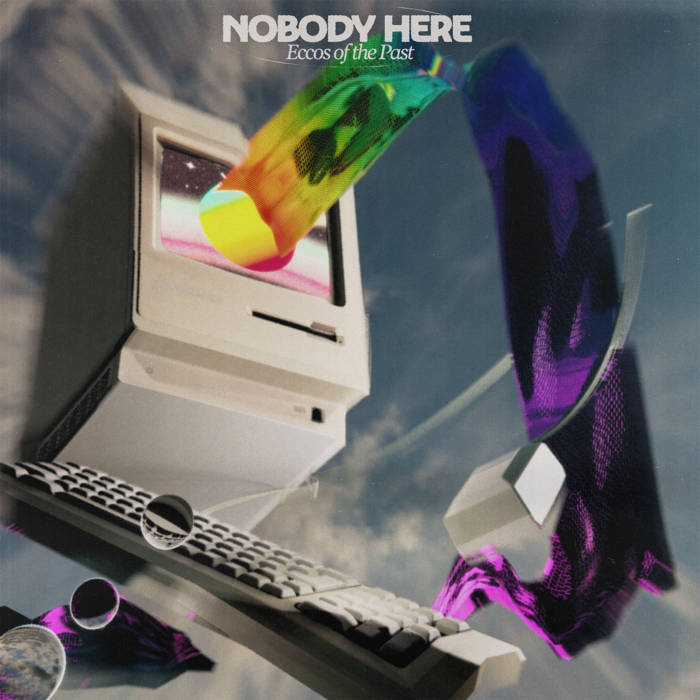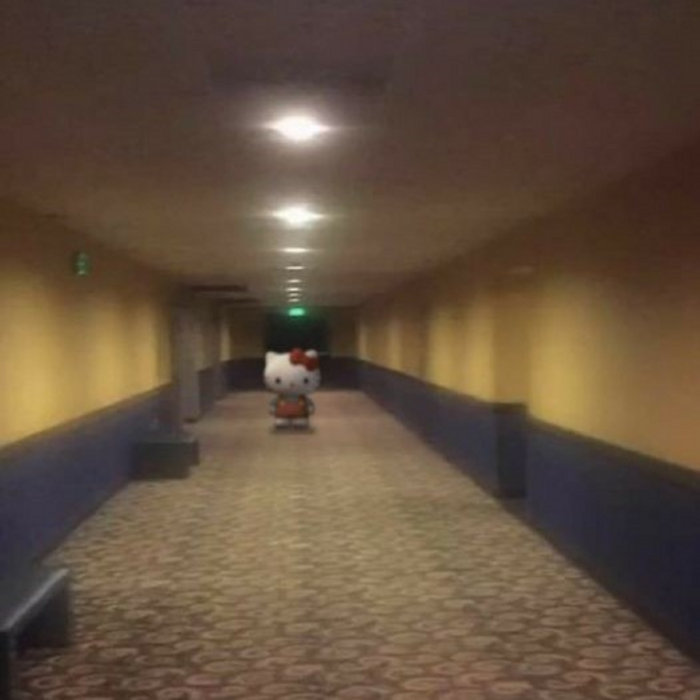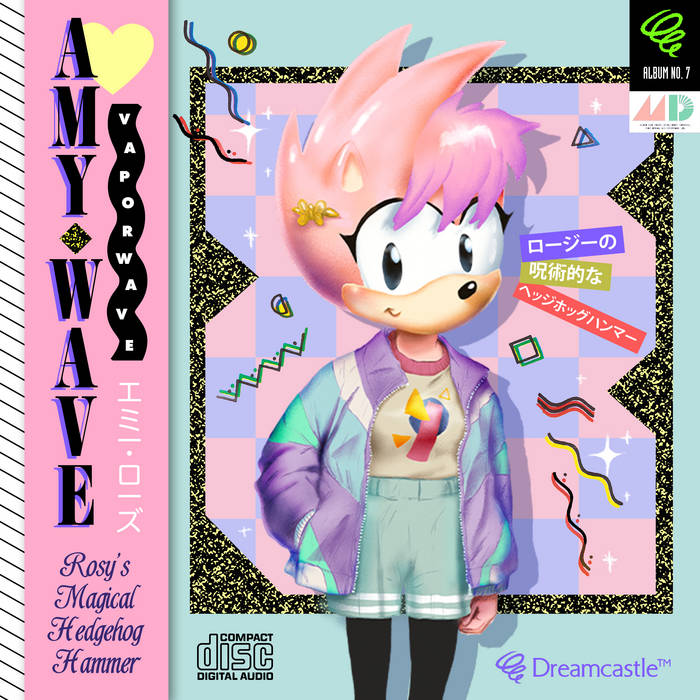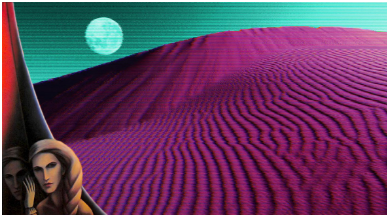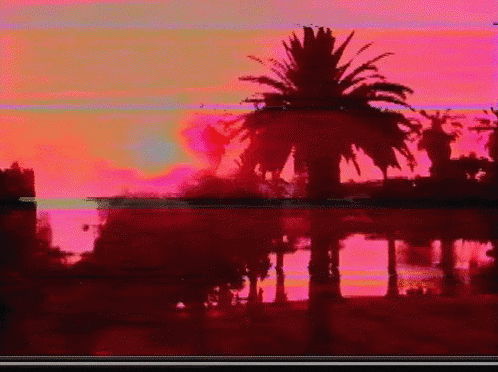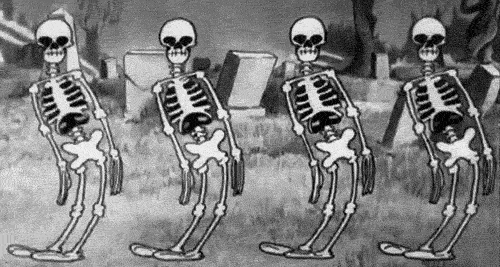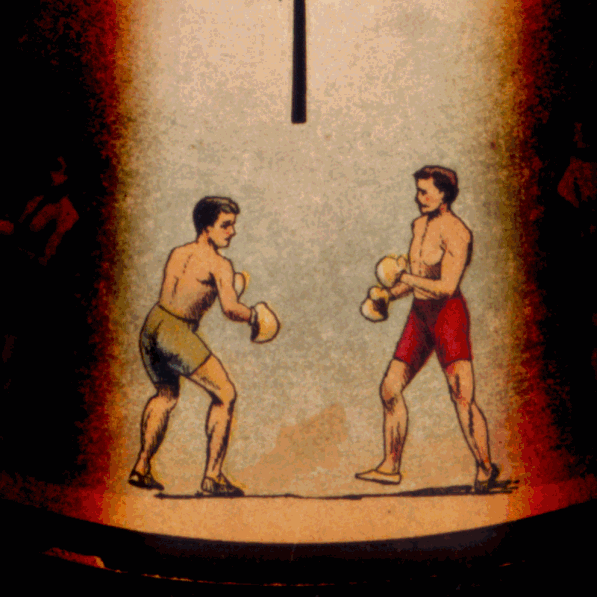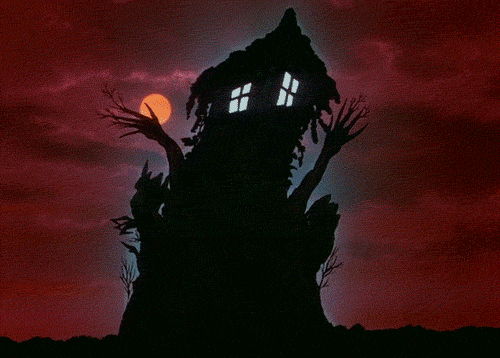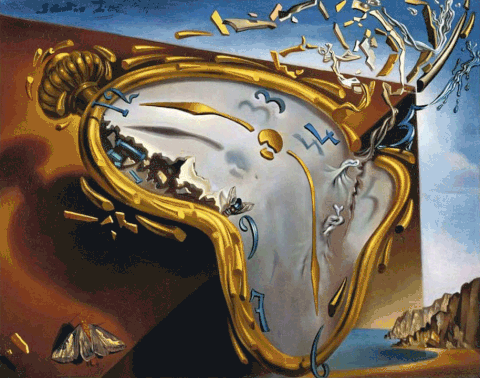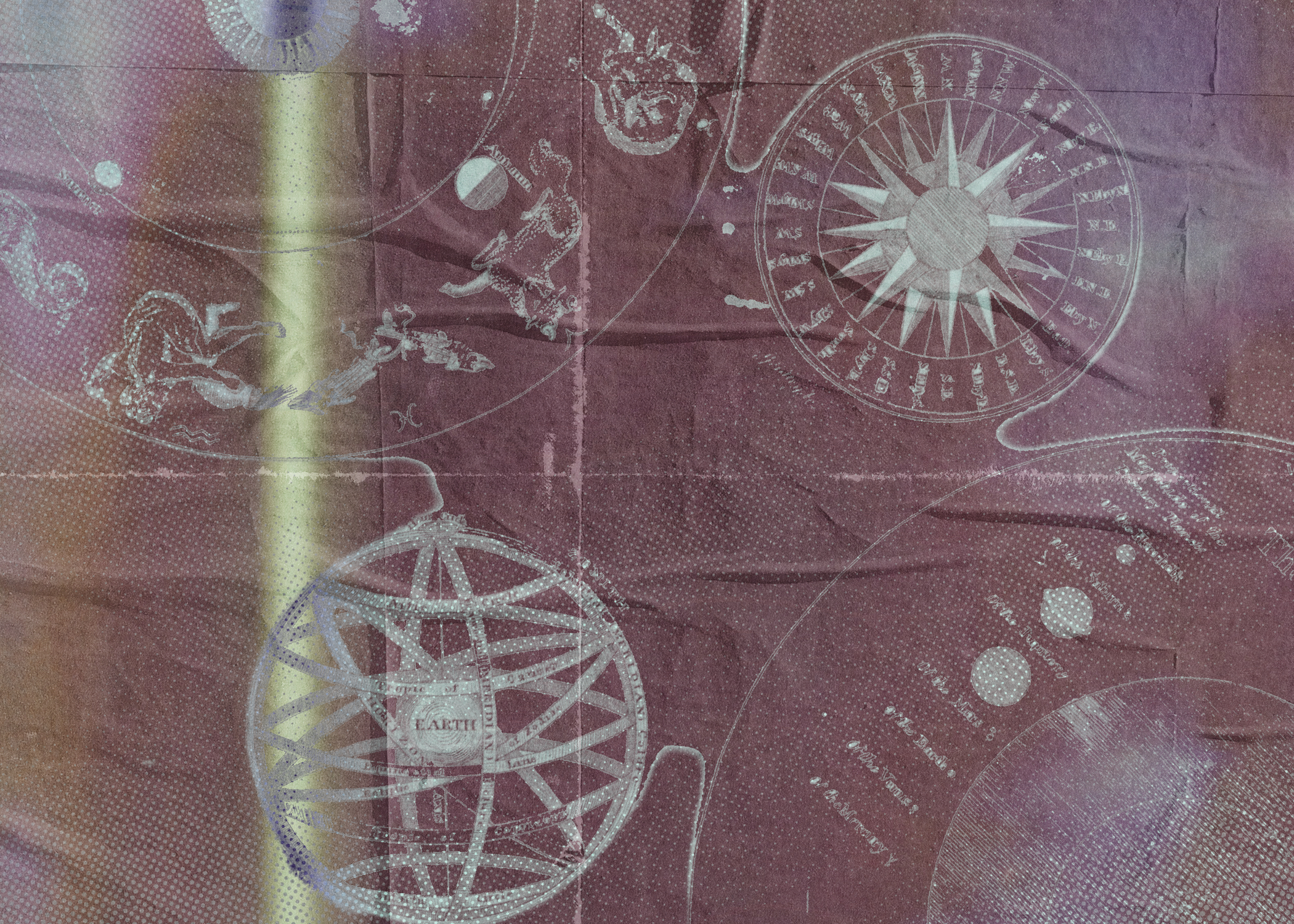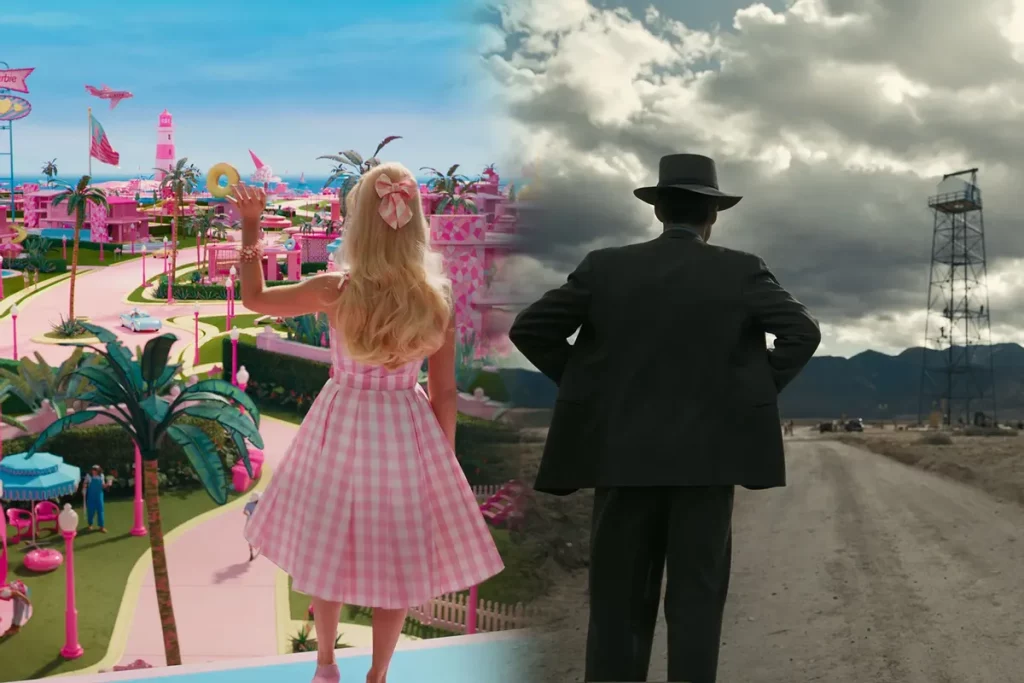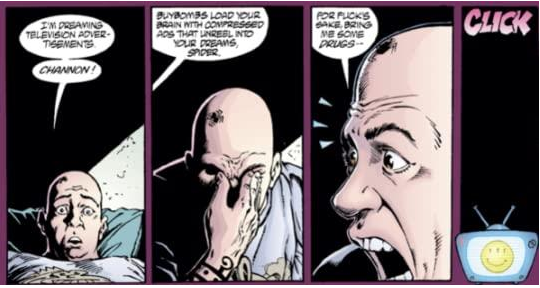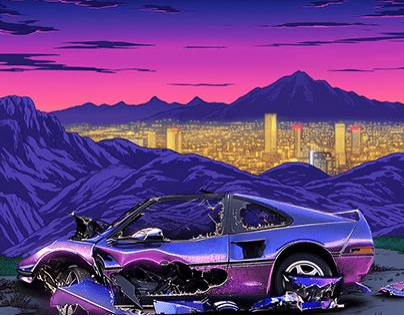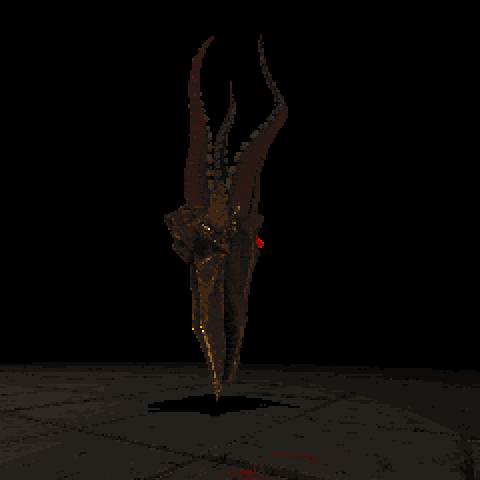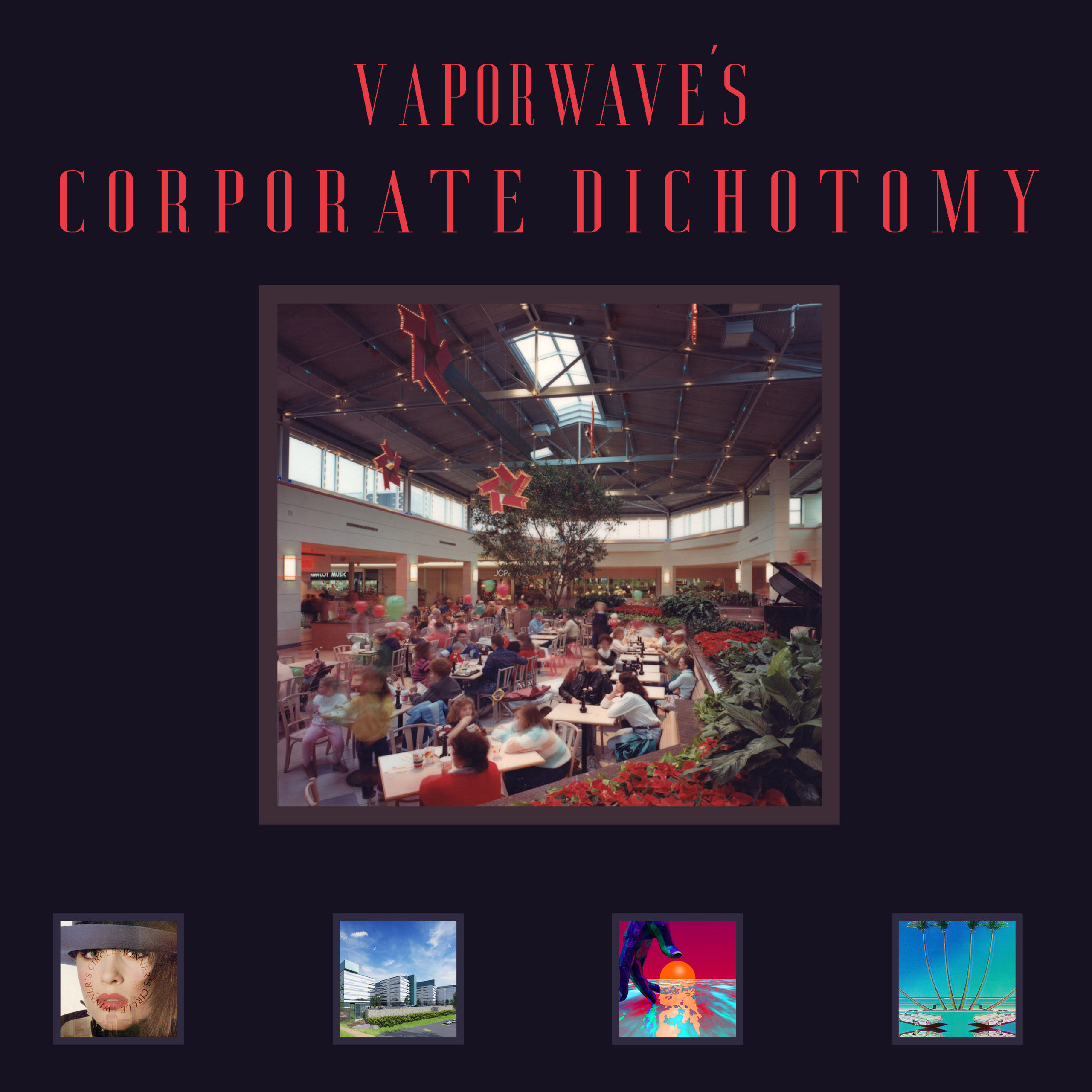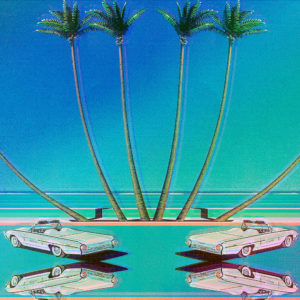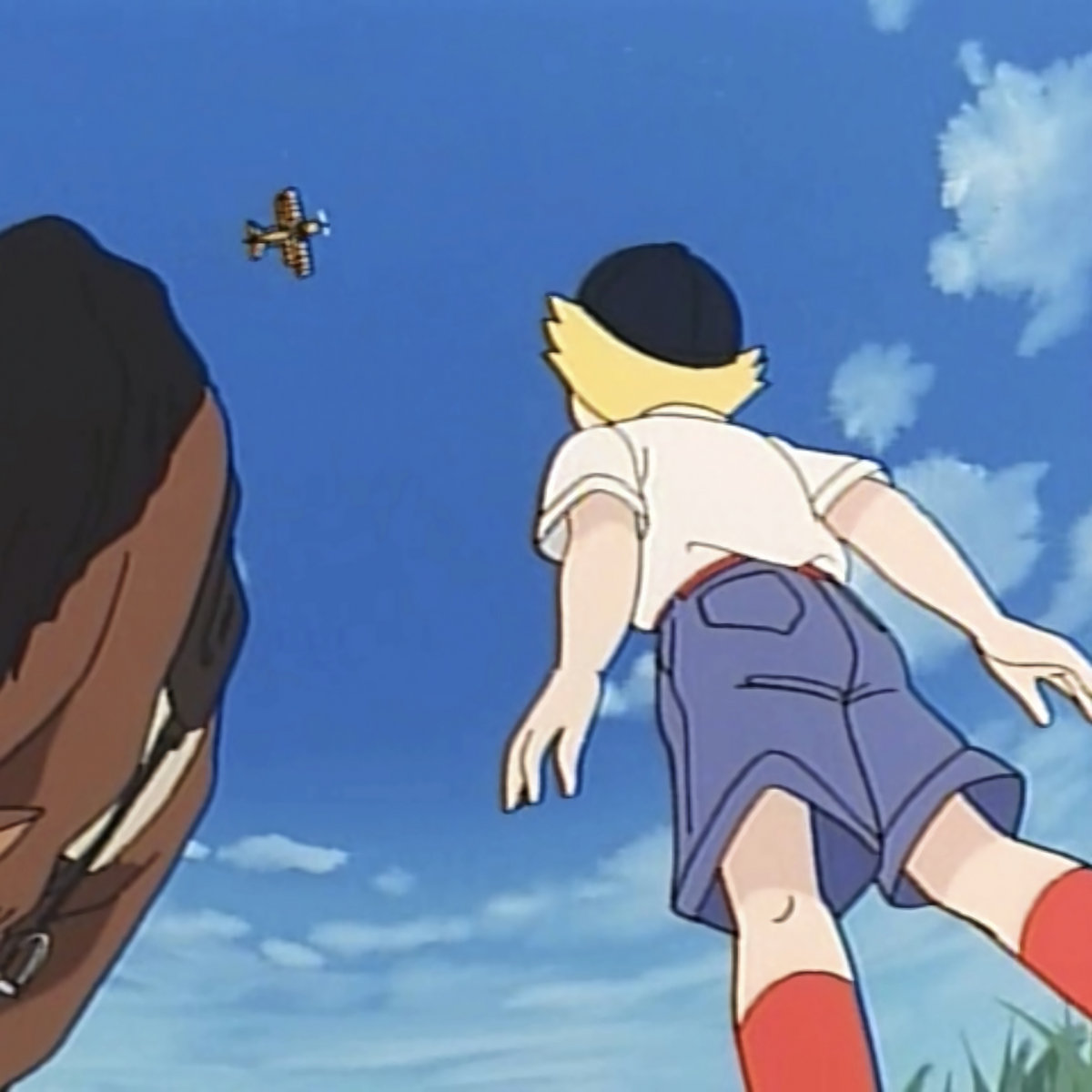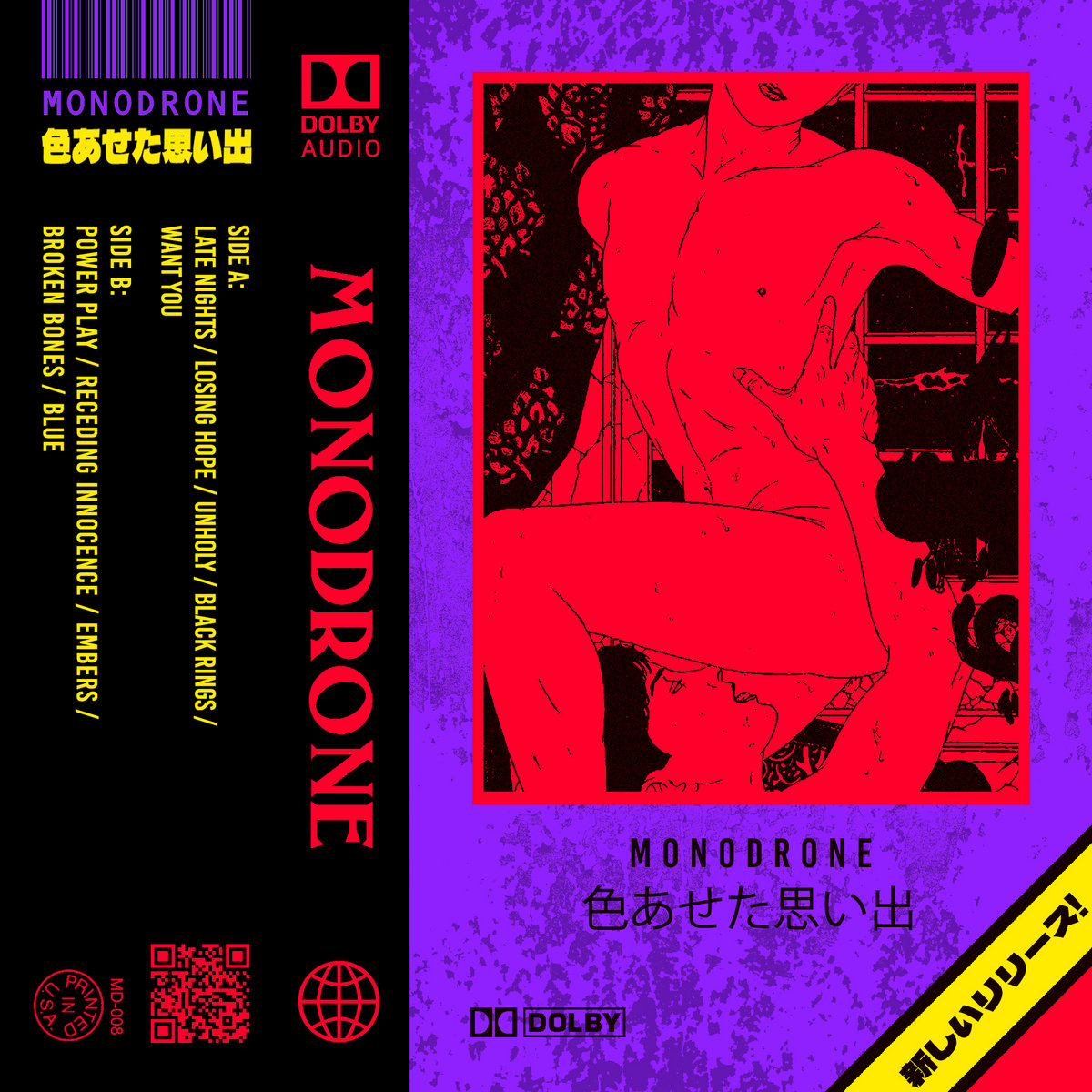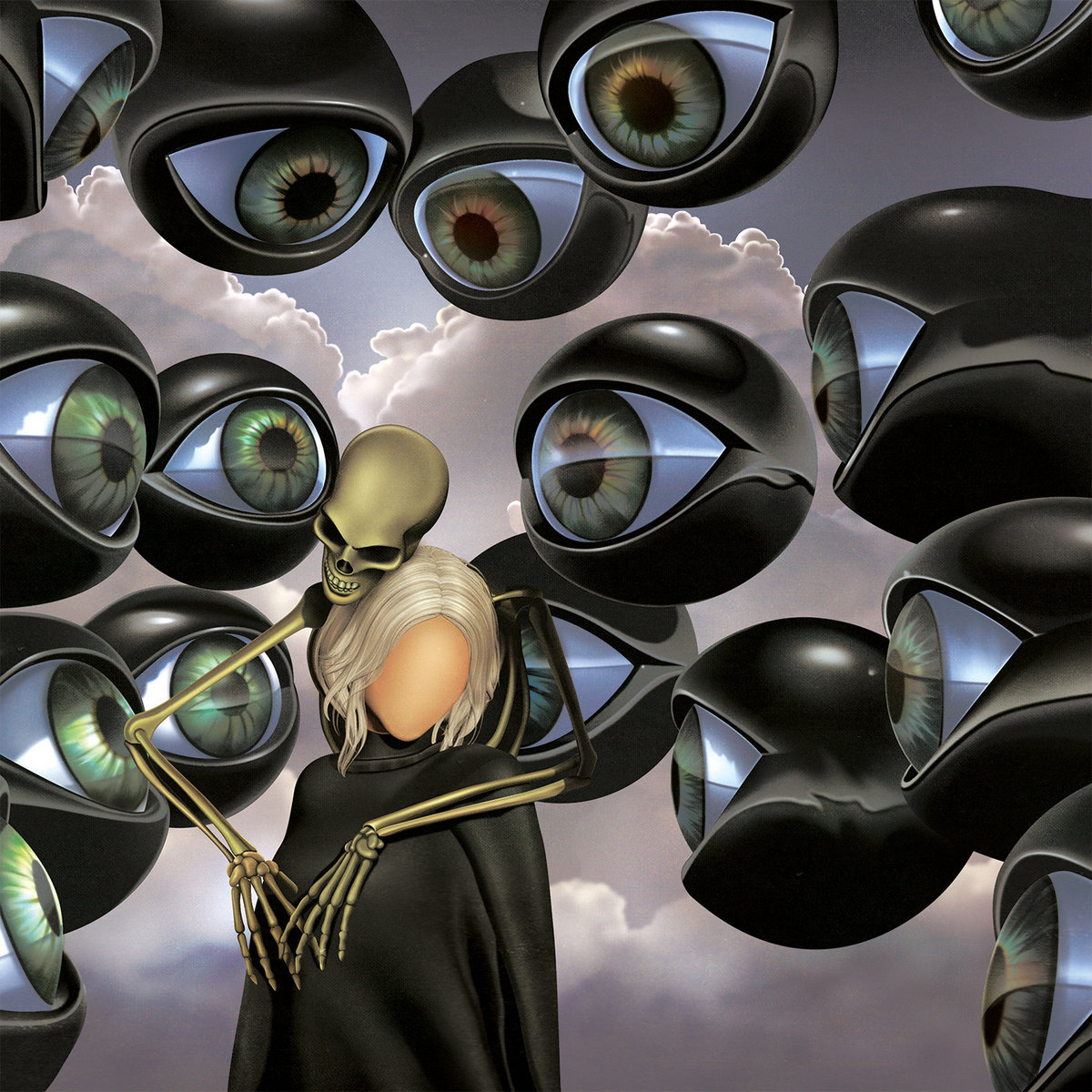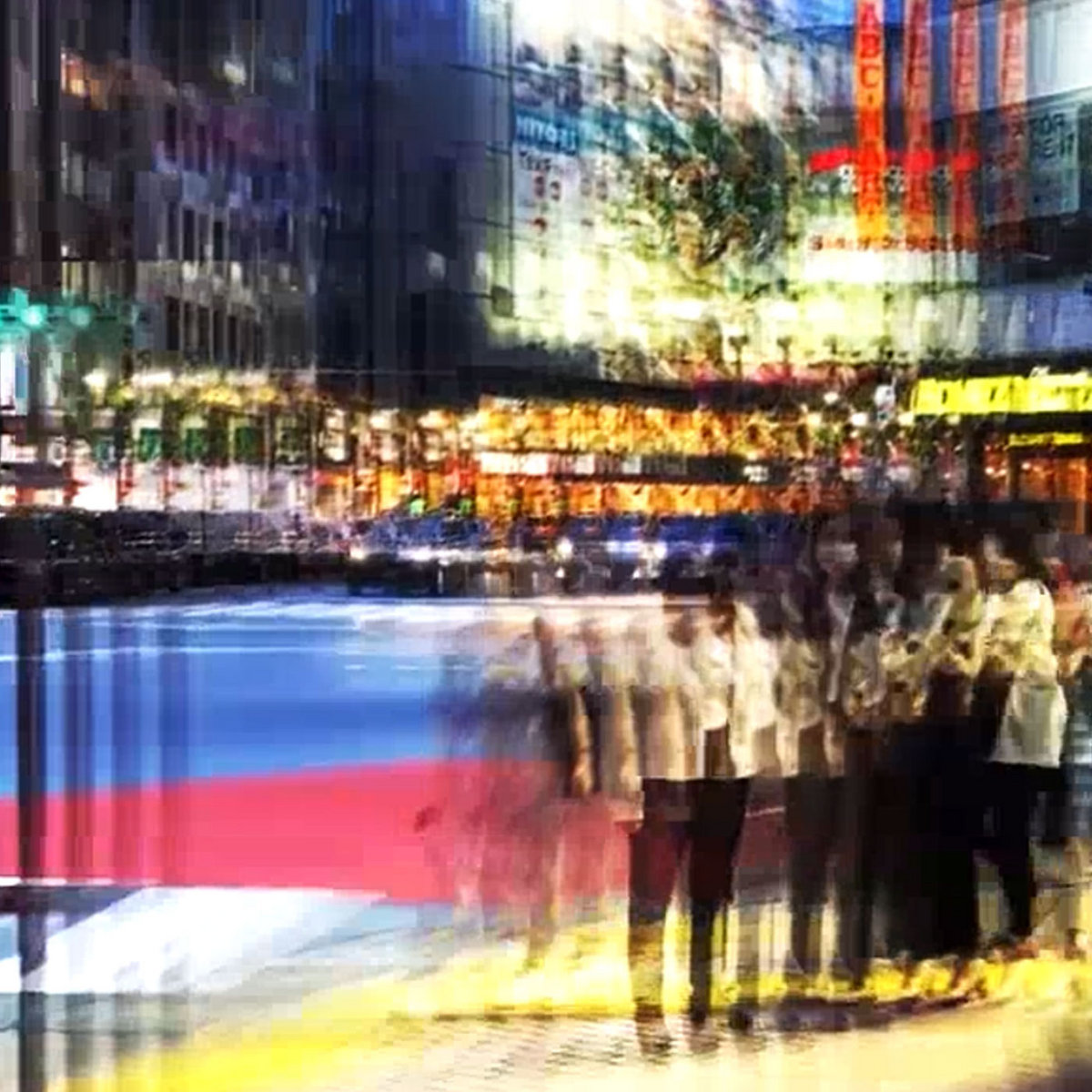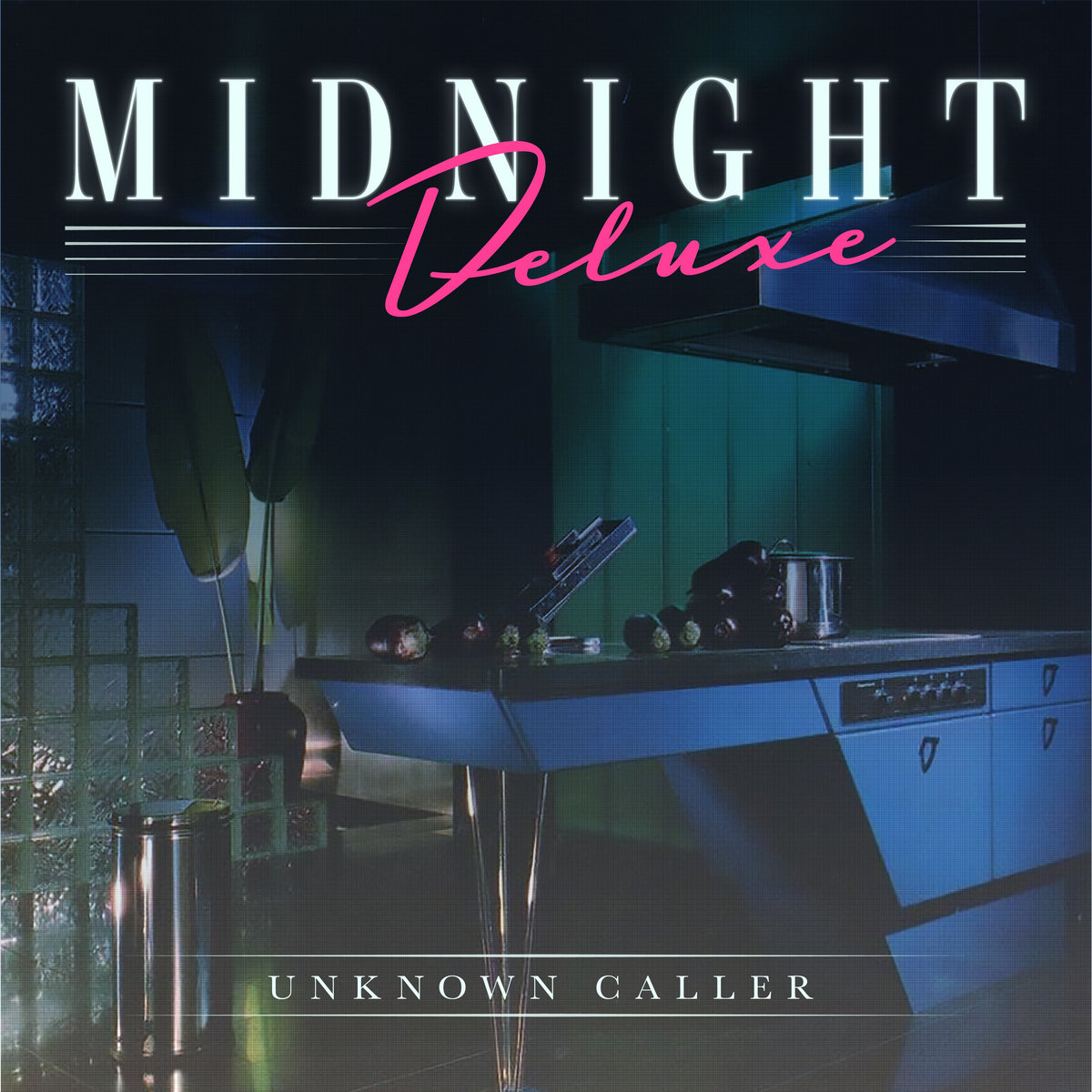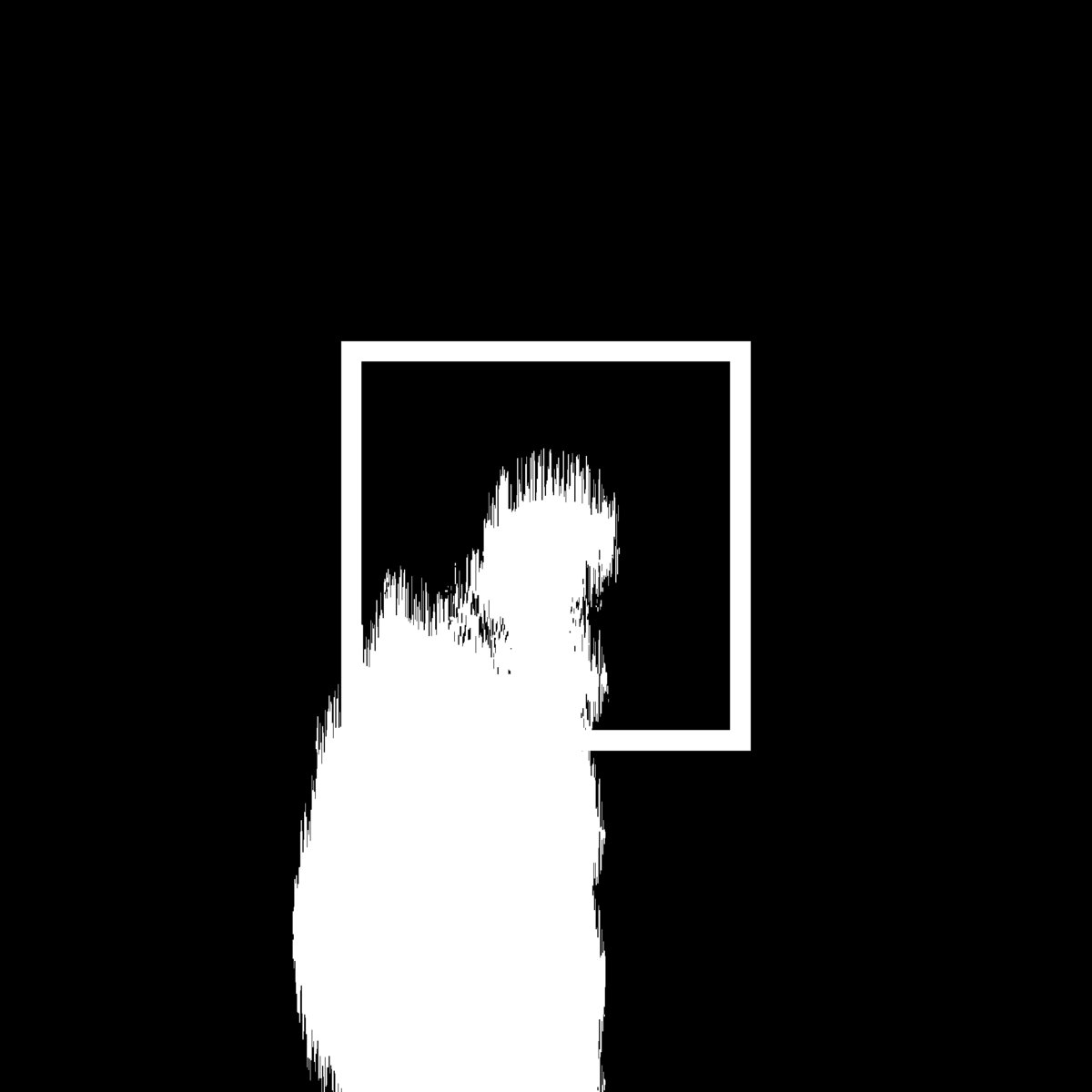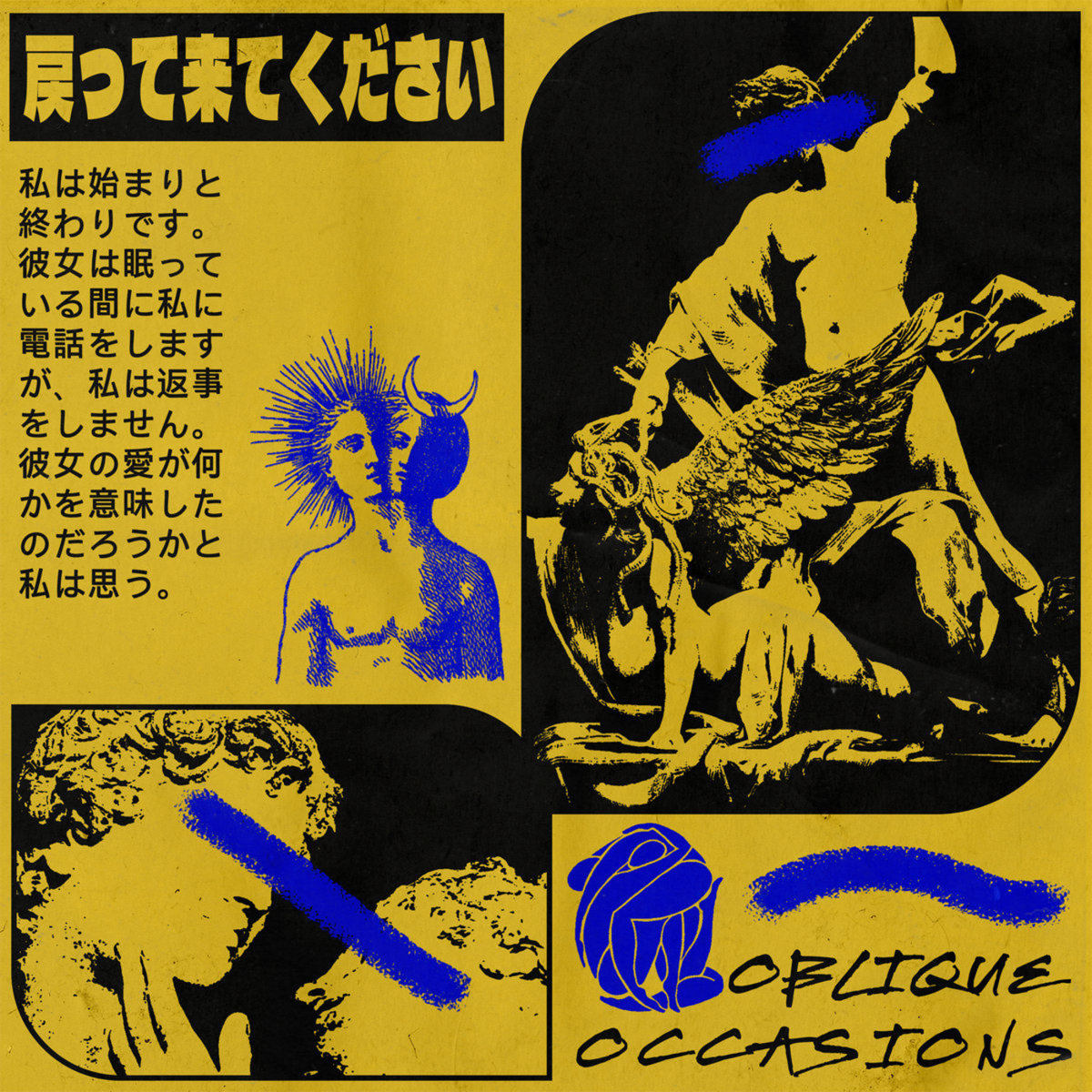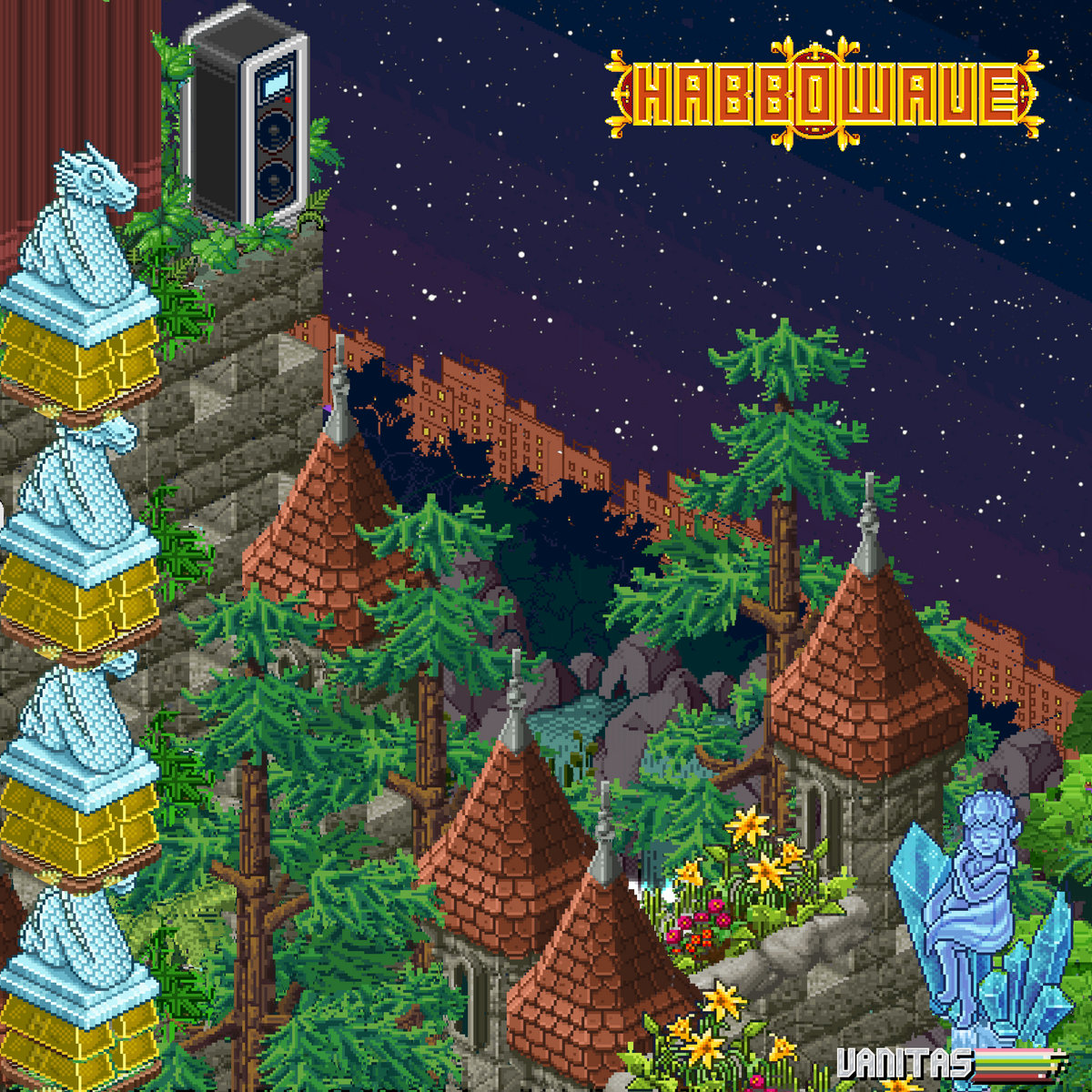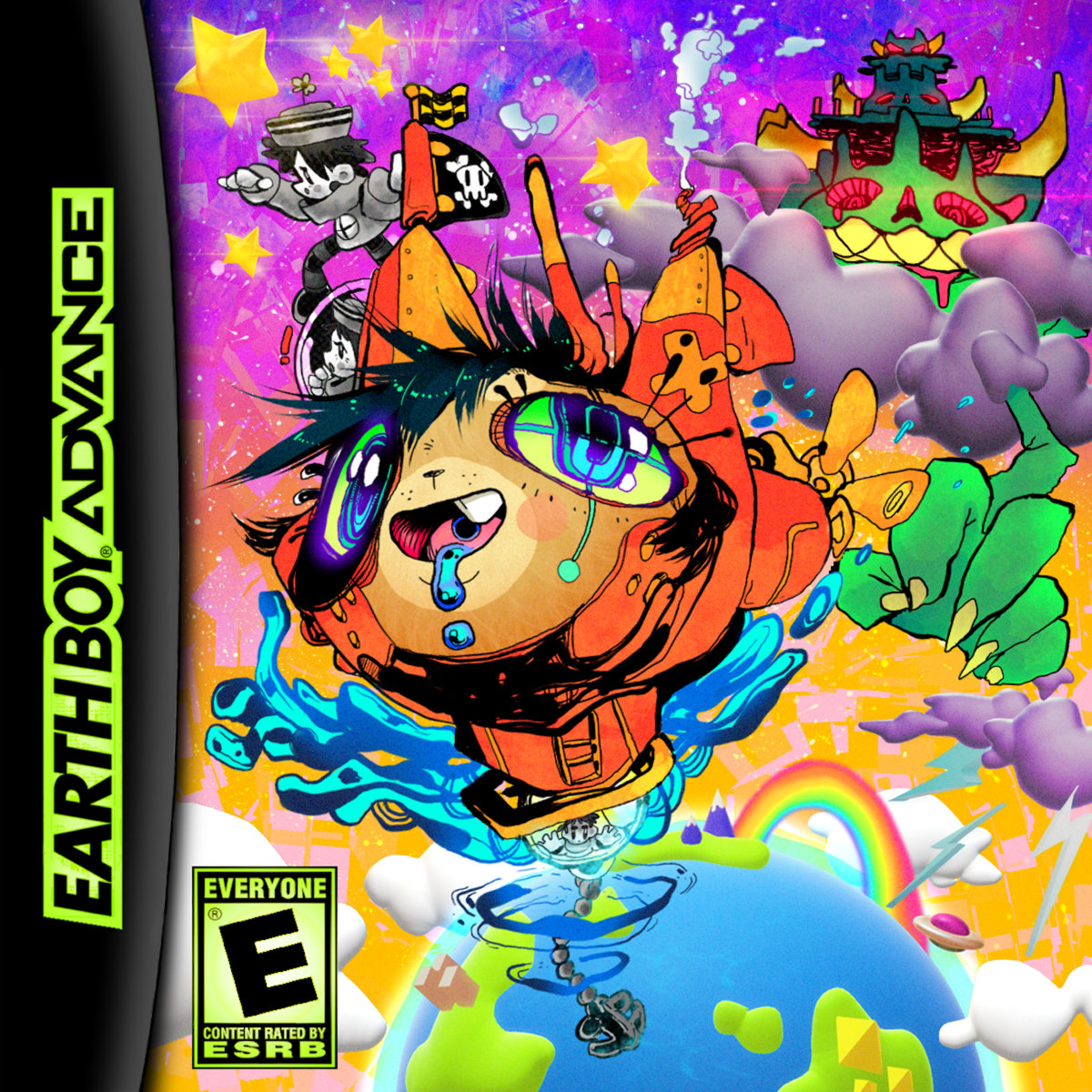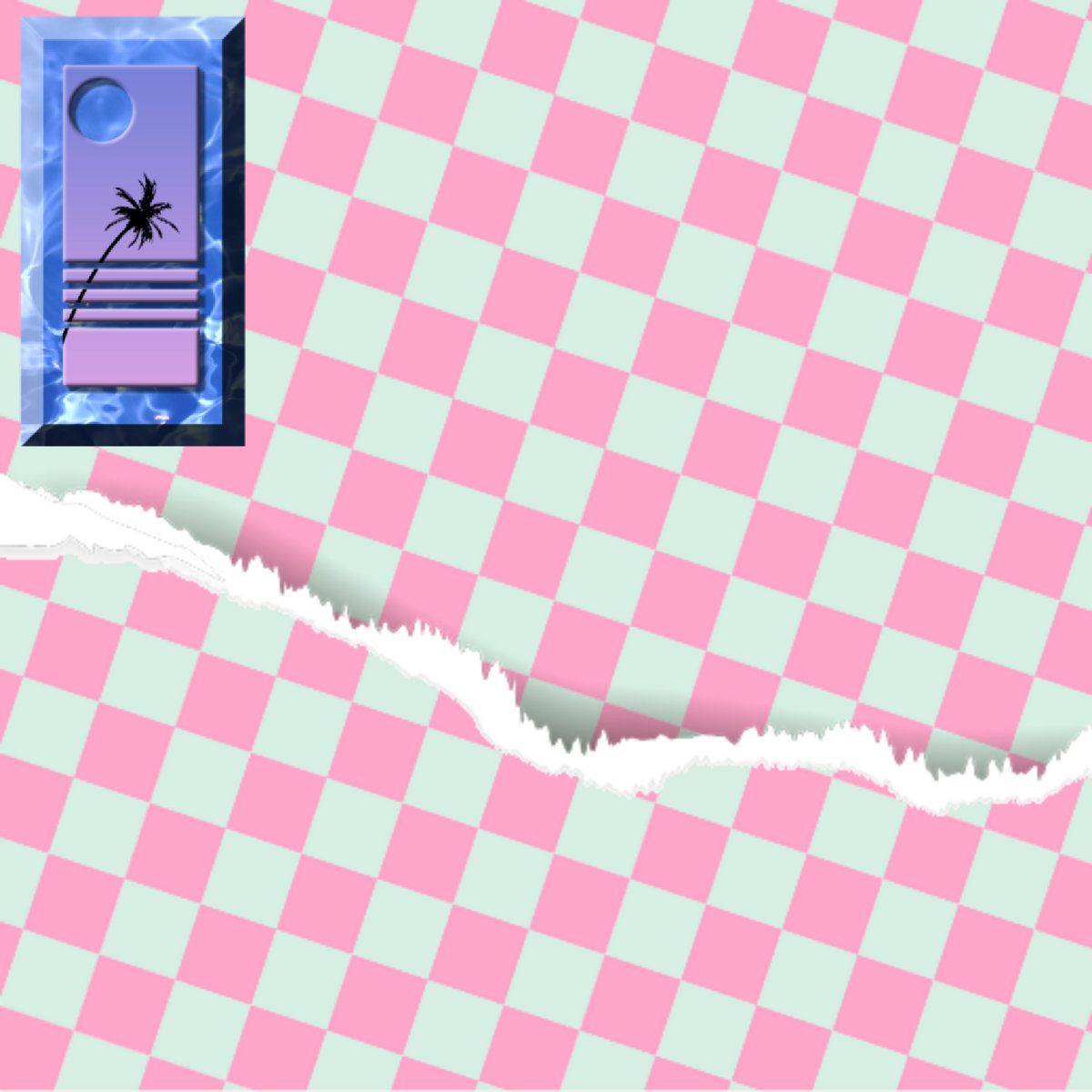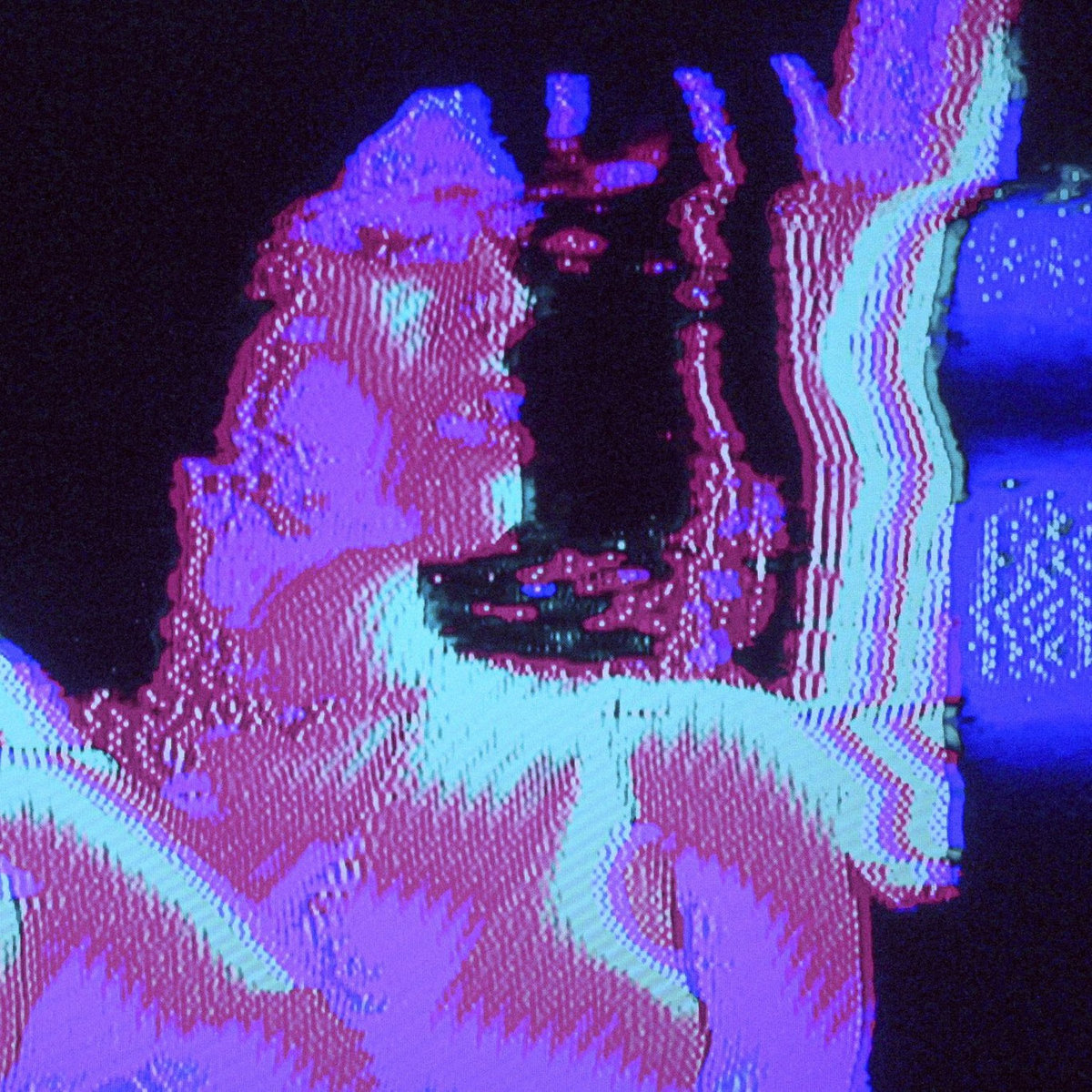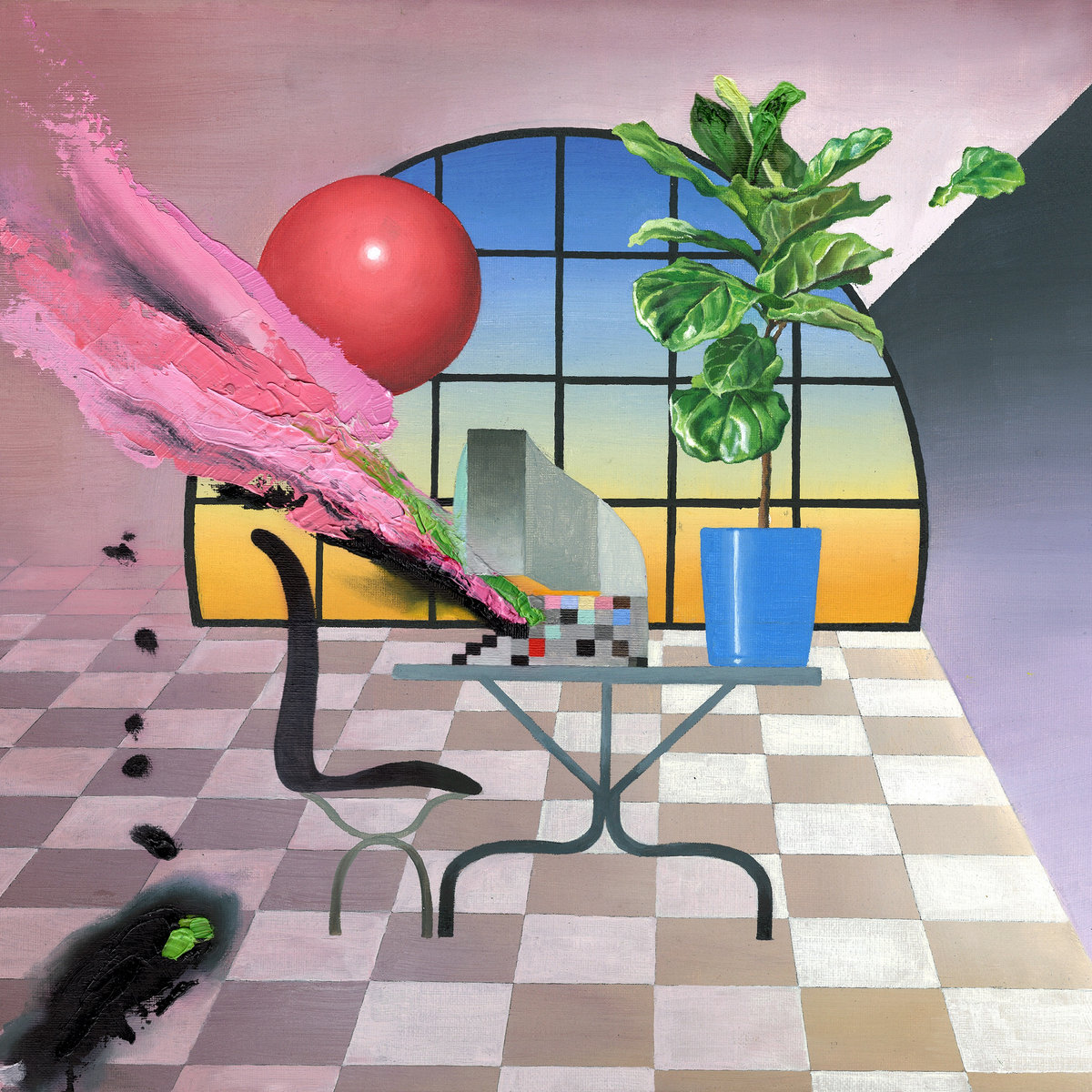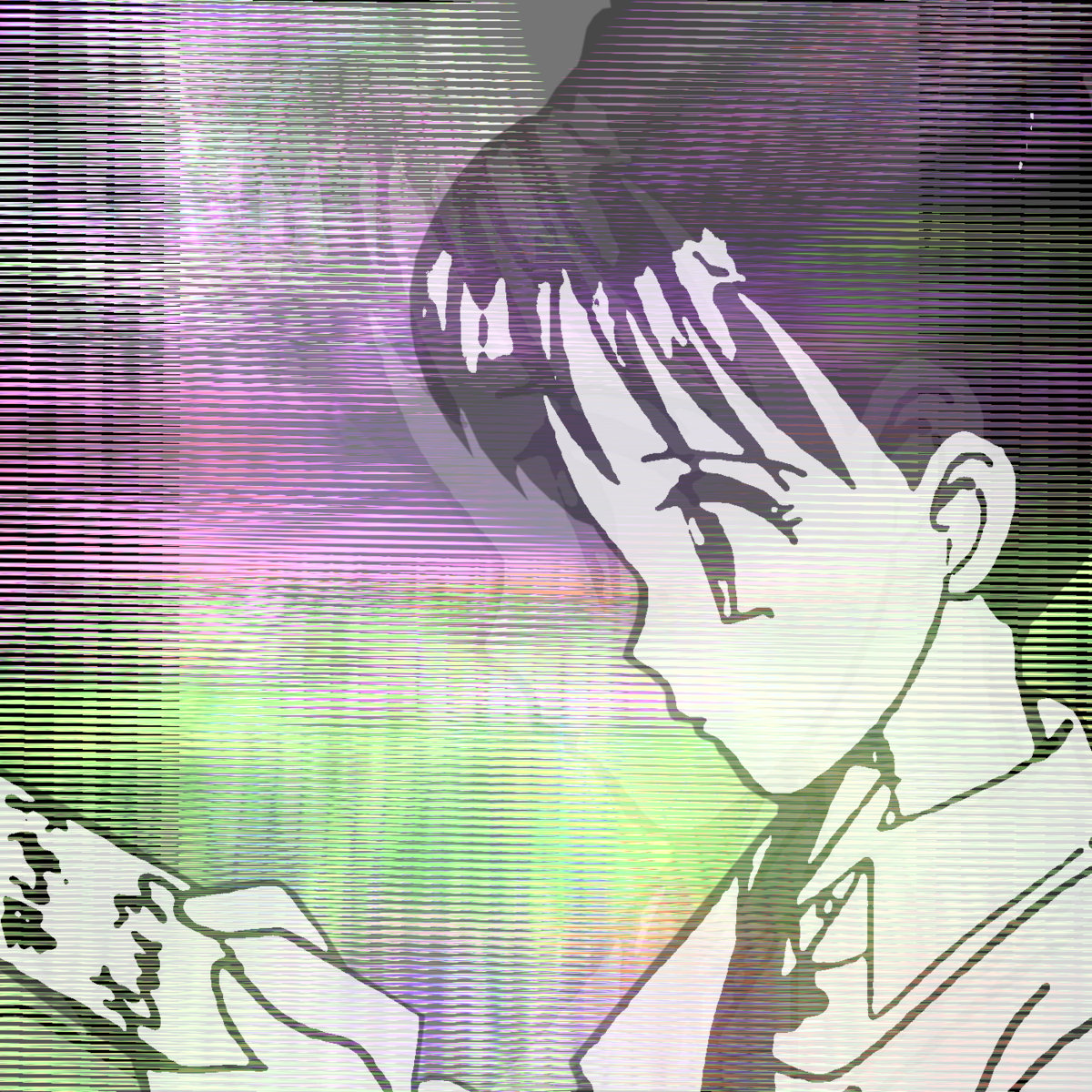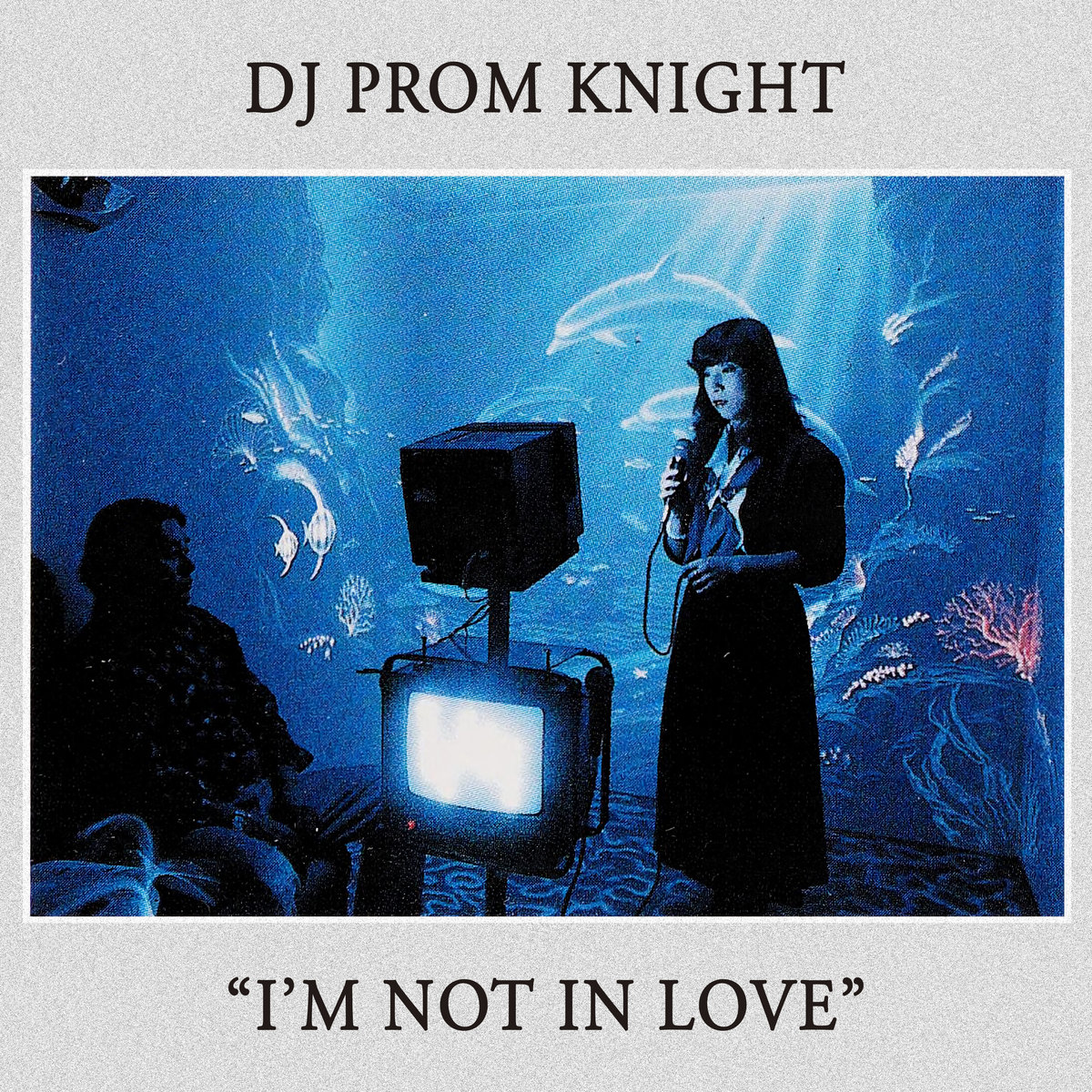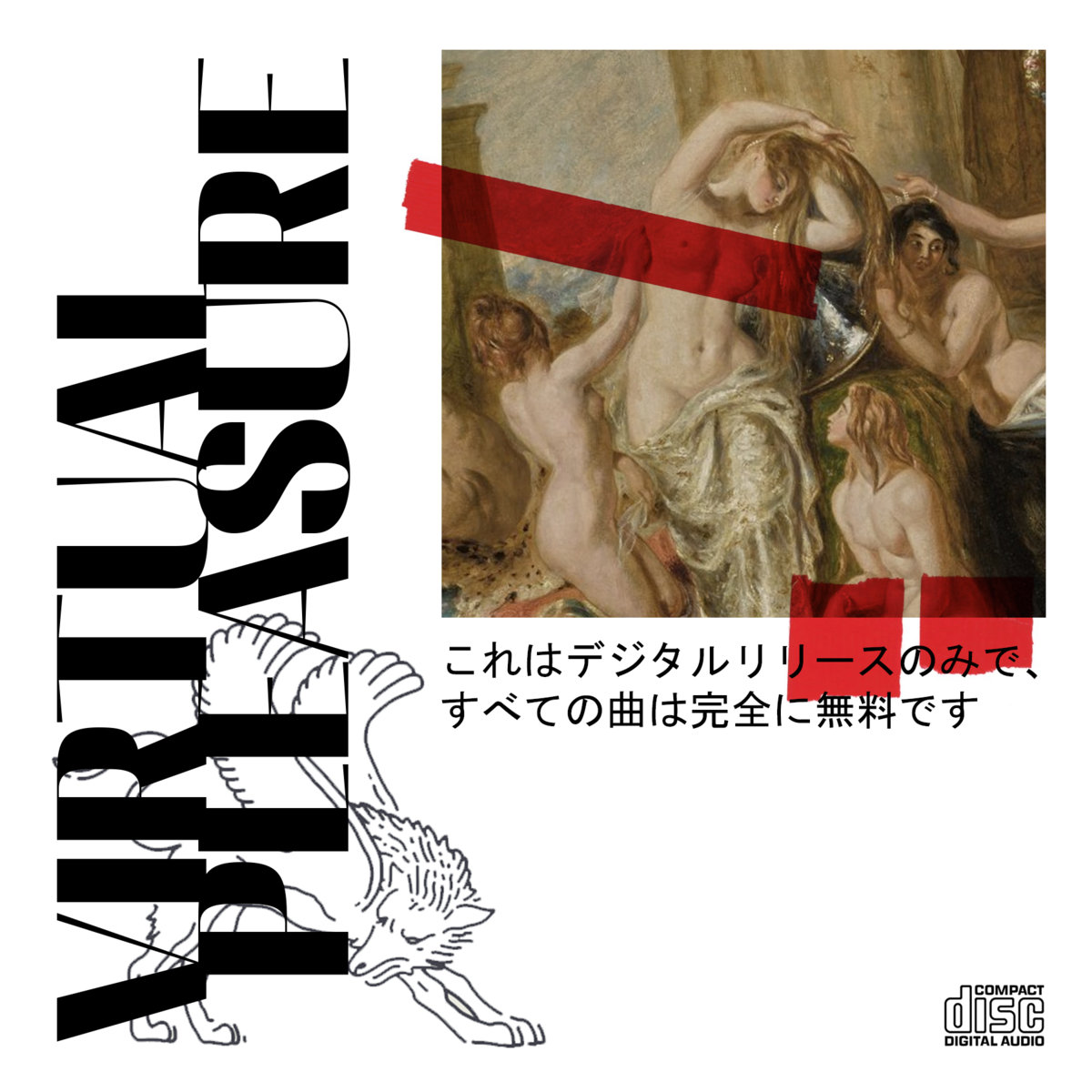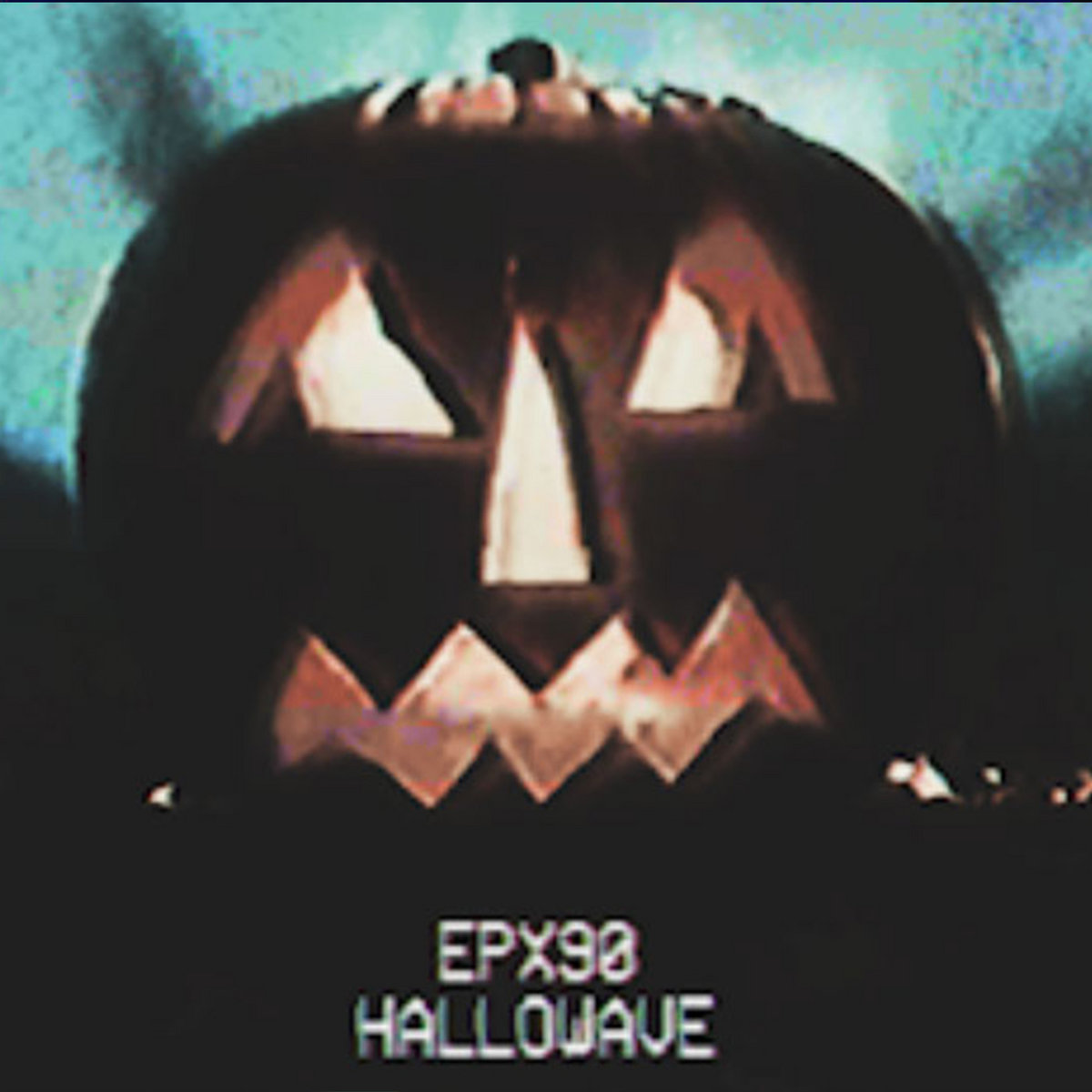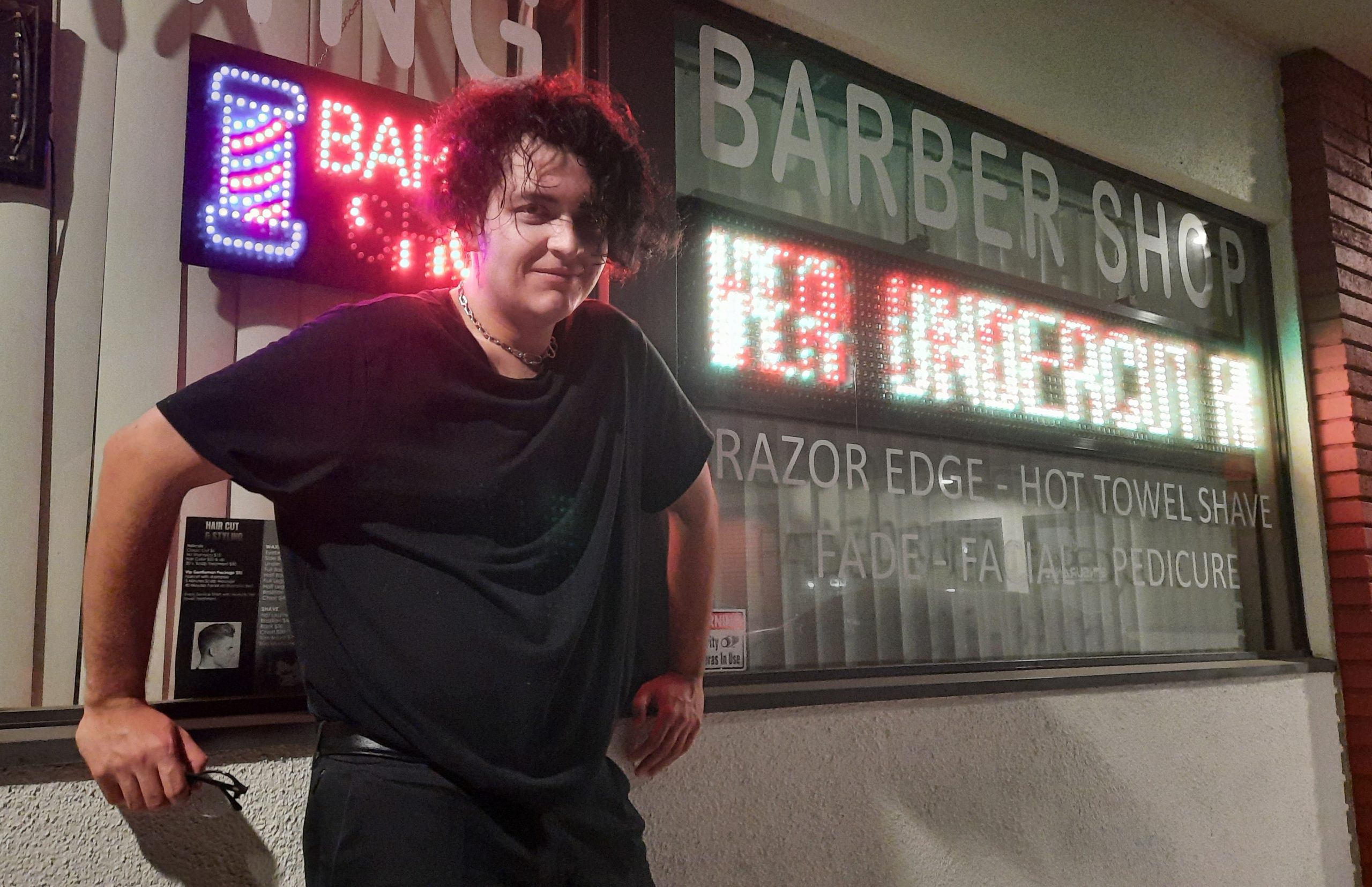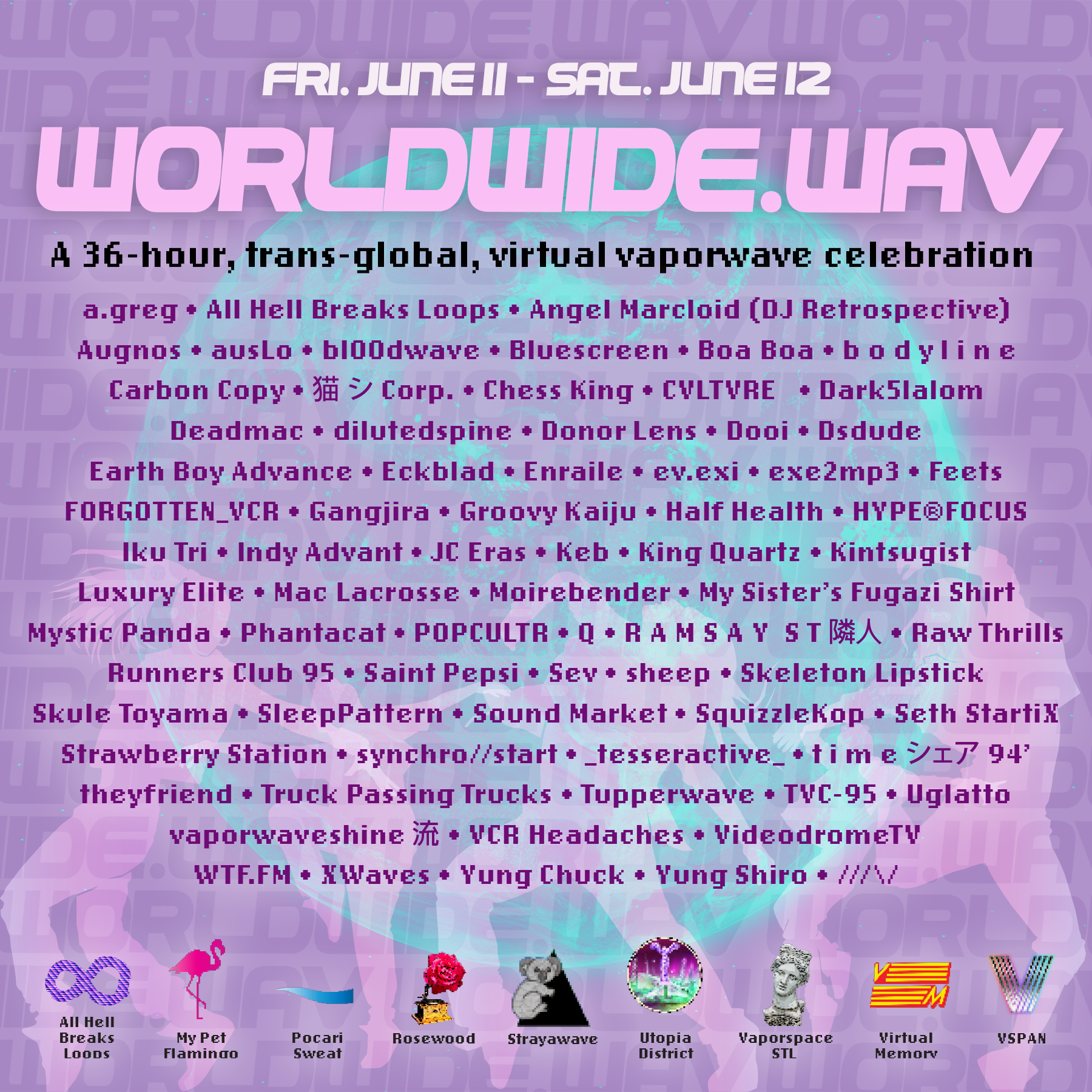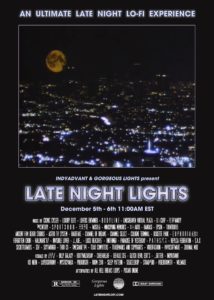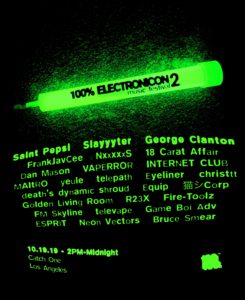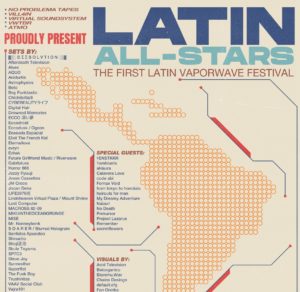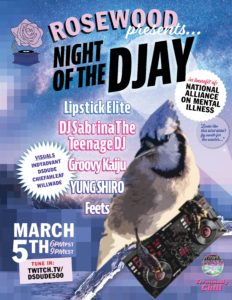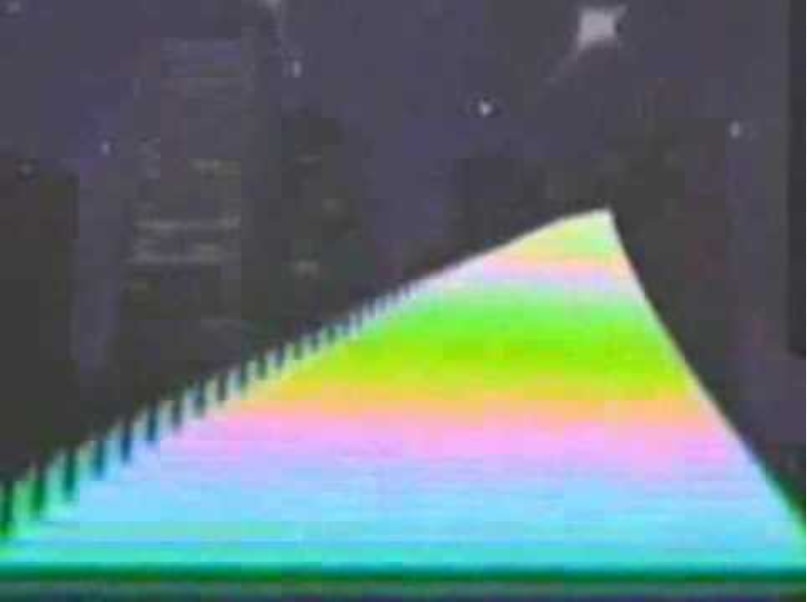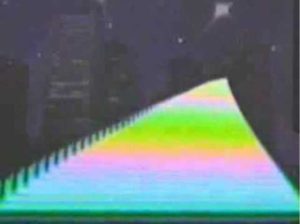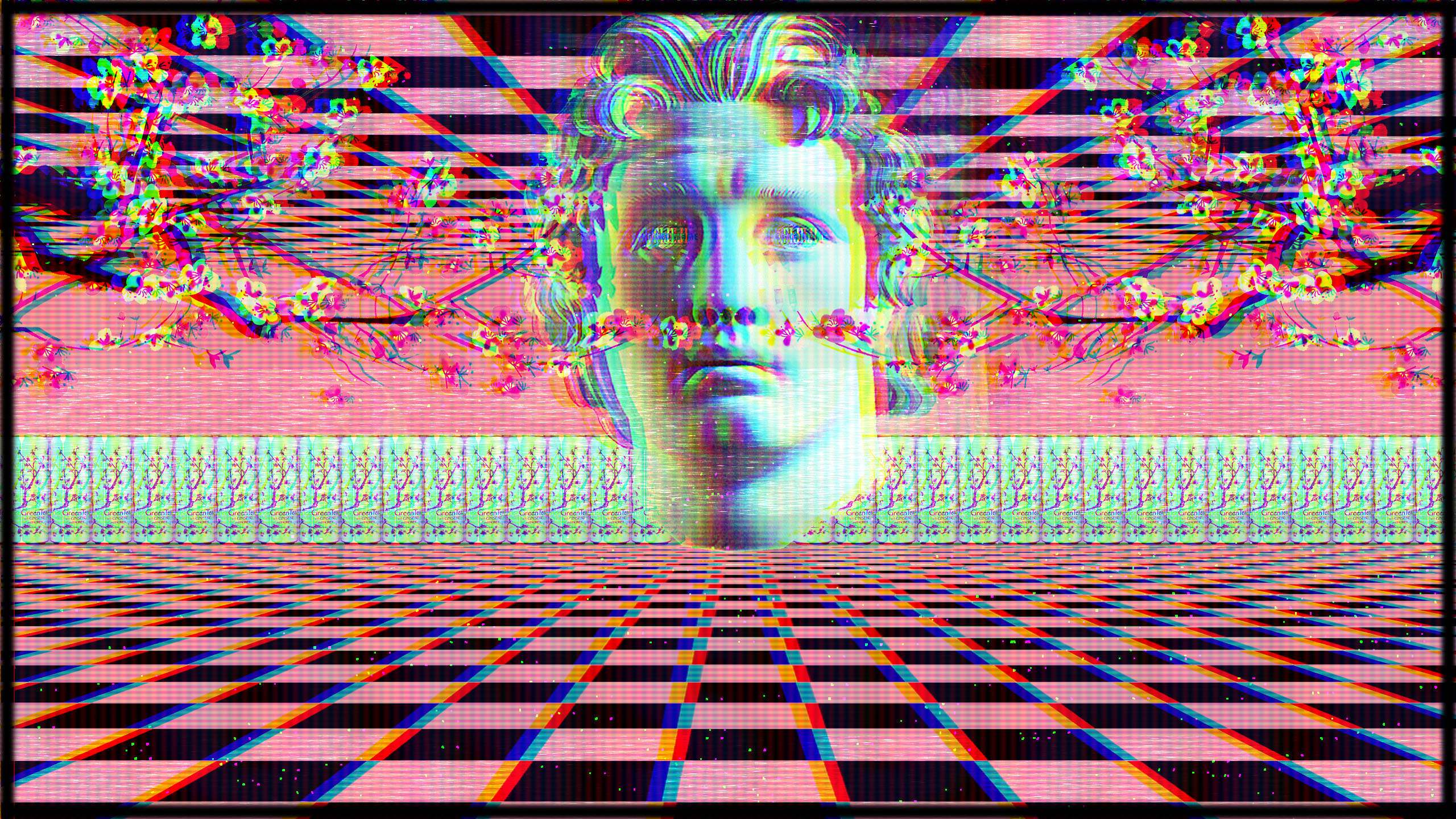
ARTICLES & FEATURES
2023 a Year In Review
Vaporwave ALBUM Selections!
The vaporwave community celebrates the wonderful work by vaporwave and adjacent artists from 2023!
Published: February 6th, 2024

A toast to some of our favorite vaporwave, future funk, and adjacent albums from 2023, chosen by the vaporwave community! Take a moment and peruse some of the communities most loved albums of the year!
NOTE: Clicking on an album cover will open the full album link in a new tab!
Artist: 암호
Album: 우주해일
Cosmic Tsunami is a fascinating idea: cosmic/space ambient mixed with nostalgic JRPG chiptune delivered through a lofi filter. This album sits between the inward nostalgia of playing older JRPGs and the outward fascination of the cosmos, gazing at the stars. It’s a fascinating contrast. The juxtaposition works here and creates a sense of timelessness. You’re hurtling through space for eternity grinding for EXP in a dungeon. Hold onto those pleasant memories while you can, before the old memory card wears down and corrupts your save file.
Release Date:
March 22, 2023
Label / Distribution:
VILL4IN
Written & Selected by Ross Payton
Artist: Runners Club 95
Album: SPONSORED CONTENT
As a vapor fan, and an actual runner, I can say that Sponsored Content is the epitome of leant out dystopian mind melt. The hottest hits include:
“Serena,” which is an ABBA-esque Sade-echoed story of a disenchanted girl trying to be someone, grappling with the reality that life isn’t all it’s cracked up to be, “Summer Nights Over,” with archetypal lyrics that embody that rug-pulling shock of infidelity in the spirit of Washed Out’s Purple Noon, or the radical “Doing Me,” with Radioheady computer beepbop lyrics about freedom of agency in a life outside of peer pressure or social influence. What better program to follow than the computer indoctrination of self-realization?
Some bands really drop the ball as they age, but Runners Club 95 ascends with the endurance of the marathon of a lifetime. May they bound like cheetahs through a world tour in 2024!
Release Date:
October 13, 2023
Label / Distribution:
My Pet Flamingo
Written & Selected by Jenny Jenkem
Artist: Machina Pensant
Album: MY LAST WHISPERS ARE THE WORST GOODBYES
Machina Pensant’s music keeps changing a lot over the years, with this release he has incorporated past influences from hip hop, windows96, and Esprit all together in one package. It feels like every new album from this artist is another big step towards something exceptional and the sounds explored here are just another example of that.
Release Date:
August 15, 2023
Label / Distribution:
Self Distributed
Written & Selected by Matsu
Artist: Corrupt Save
Album: ERRATA
Errata is a great mix of vaporwave and vaporfunk. Tracks like “Say Goodbye” have a sentimental summer feeling, while tracks like “Reach Out” show off fine chops and funky basslines. This album has a lot of variety throughout, and the final track wraps up the various vibes nicely.”
Release Date:
June 2, 2023
Label / Distribution:
Business Casual
Written & Selected by Hans Zoff
Artist: modest by default
Album: PERMACULTURE (组织胜过时间)
The imagery reflects a social awareness of the crisis in Gaza, while the music perfectly captures the somber mood left by those observing the turmoil. It provides an emotional outlet for the overwhelming complexities of the situation, where words surely fall short.
Release Date:
October 28, 2023
Label / Distribution:
Self Distributed
Written & Selected by KITE0080
Artist: Luxury Noise
Album: FORGIVE YOURSELF
The soundfont selection, the perfect mixture of breaks and traditional vapor, the ethereal floating feeling you get… all of it is a masterclass in combing the best of crossover genres into a package that is at once new and exciting, but also accessible across different scenes. Plus, between the song structure, and the arrangement of the tracklist, you can tell things were done with great care, and in such a way as to tell the listener something specific. It’s got so much replay potential that I found myself coming back to it over and over again since August. This album is definitely one I will look back on fondly in a few years and will rediscover when I need it most.
Release Date:
August 11, 2023
Label / Distribution:
Pacific Plaza Records
Written & Selected by Bounty Ballad
Artist: 羊を数える
Album: 夢の信号
A perfect, trippy blend of Slushwave, Late-Night Lo-Fi and Synthwave with bass-heavy drums, arpeggios, and dreamy and melancholic melodies. A masterpiece that has been underrated so far.
Release Date:
May 24, 2023
Label / Distribution:
Self Distributed
Written & Selected by Sport3000
Artist: Berry Good Records
Album: BERRY AESTHETIC
A solid collection of artists displaying an assortment of styles all in one neat package. 2024 was the year of collab albums and this is among the best.
Release Date:
August 4, 2023
Label / Distribution:
Self Distributed
Written & Selected by Charavale
Artist: 天気予報
Album: ユメ
Asutenki’s prior interest and work in (マ力フシキ installments) slushwave (The マ力フシキ installments) come back on this one brilliantly. The tracks are as long as ordinary slushwave songs but the bouncy slush texture, the tight and hypnotic loops, and the creative progressions make the length really worth it. 9/10 experience, would always re-listen and enjoy the ride.
Release Date:
May 23, 2023
Label / Distribution:
Self Distributed
Written & Selected by Sciencekiller
Artist: 夢研究センター
Album: DREAM RESEARCH CENTER VOL. 1
This year we were lucky enough to not only get the dream collaboration between Desert Sand & Mindspring Memories, but also a new album by 天火見. While both of those albums were absolutely phenomenal, the one I’ve listened to the most from this year was actually Dream Research Center Vol 1 by 夢研究センター. It’s a gorgeous 5-hour journey that I’ve found myself taking over and over again. Just really fantastic stuff.
Release Date:
August 4, 2023
Label / Distribution:
NO PROBLEMA TAPES
Written & Selected by Eiseiterebi
Artist: DAN MASON
Album: DEVIL KILLER
Demon Killer chooses such a specific niche that is the PS2 era paired with DnB/Jungle beats and hits the nail on the head fully. Every choice from the font on the album cover to the snares and the piano melody that accompanies the drums is spectacular. It’s perfect for an homage of those early 2000s kind of Tokyo-urban electronica that played on the menu screen of Capcom fighting games.
Release Date:
October 6, 2023
Label / Distribution:
Self Distributed
Written & Selected by Nicholaswithafakename
Artist: International Telecom
Album: 3A.M.SIGNALS
I like it because it is continuing the up-and-coming style of Y2K signalwave and the aesthetic of this release really connects with me. With the late-night vibes it leans towards, it is the perfect soundtrack for those nights when I just never sleep. I hope to see more from International Telecom and the burgeoning Y2K style of signalwave in 2024.
Release Date:
March 17, 2023
Label / Distribution:
Bogus Collective
Written & Selected by CT57
ArtistS:
TVVIN_PINEZ_M4LL & ミスト M Y S T
Album: DESERT STEEL
Desert Steel consists of ambitious electric guitar samples that really give an inspirational boost when you need it. I listen to every song on the album back to back without skipping a track. I love that it gives a fast-paced nostalgic feeling as if you want to only go fast and over the limits! This album hands down solidifies the 80s in the year 2023.
Release Date:
August 3, 2023
Label / Distribution:
Mystic Spools
Written & Selected by Snowmannington
Artist: 👁🗨📲 (eyeclick)
Album: 👁点击と👁 (I CLICK WITH MY EYE)
Eyeclick has brought vaporwave to the age of the social media algorithms and it sounds amazing. Instantly recognizable samples fuse with sounds those of us addicted to TikTok are way too familiar with. I continue to be amazed by how fresh every single track sounds. What puts the album over the edge for me is the visual piece that accompanies the entire project, perfectly encapsulating the sound of the album with insane trippy editing. It is a must-listen and must-watch.
Release Date:
December 1, 2023
Label / Distribution:
Kats Kill Records
Written & Selected by Burgdaniel
Artist: VARIOUS ARTISTS
Album: NOBODY HERE: ‘ECCOS OF THE PAST’
A project more artists should attempt. Better than a mere cover album, Nobody Here asks an important question: How would our contemporaries handle classic tracks?
Release Date:
February 28, 2023
Label / Distribution:
My Pet Flamingo
Written & Selected by Charavale
Artist: luxury elite
Album: FASHION POP
Luxury Elite has put out another smooth nostalgia trip, with influences from the same late 80s early 90s era Lux is known for. The album touches on a variety of moods, ranging from the relaxed PS1-esque “crowded bar” to the summer italo disco beat “last summer”. You can hear Lux’s evolution as a producer as she continues to improve her craft and develop her late night
Release Date:
May 22, 2023
Label / Distribution:
Self Distributed
Written & Selected by Hans Zoff
Artist: Late Arcane
Album: EXTRAVAGANCE
This album thwomp’d my ass like a Bob-omb.
Seriously though, Late Arcane is one of the most exciting producers in the game right now. With a super fresh and unique take on sample combination and attention to chops, and a non-stop excitement to the unexpected, this album is my number one of the year. The way he puts it together just hits so damn well, you won’t regret a listen. The album emits an vivid sense of luxury and class so hot you might steam if you touch it.
Favourite track: Morning Makeup
Release Date:
August 15, 2023
Label / Distribution:
Business Casual
Written & Selected by IndyAdvant
Artist: NΔVELGΔZER$ ¡n†’l.
Album: CONTENT / DESCENT
This album evokes a feeling that can only be described as the sensation of being in an empty laundromat late at night as the local smooth jazz station plays through the aging speakers in the ceiling. The tracks are thick with nostalgic samples that create a feeling of isolation and longing. I found myself coming back to this album over and over this year because of the meditative effect it had on me. This album was a calming escape as background music while working or while stuck in traffic. If you like lofi grooves and ethereal beats, this album is worth checking out.
Release Date:
May 21, 2023
Label / Distribution:
Dialated Music Productions
Written & Selected by DemoDawg
Artist: DREAMCASTLE™🏰🛡️🔮 ✨⚗️
Album: 𝓐 𝓜 𝓨 𝓦 𝓐 𝓥 𝓔 – ROSY’S MAGICAL HEDGEHOG HAMMER
DREAMCASTLE™ is an artist who doesn’t think of an album as just a collection of tracks that may have a similar theme or aesthetic, they produce albums that have emotional arcs, leading you on a journey through some particular facet of nostalgia for a lost past (and whether that past is DREAMCASTLE™’s or yours is hard to say.) 𝓐 𝓜 𝓨 𝓦 𝓐 𝓥 𝓔 is no exception, and once again DREAMCASTLE™ has crafted an album that takes a simple idea – what music would the character Amy from Sonic the Hedgehog listen to, and elevates it by having it rise and fall from introspective moments of longing beats to poppy energetic emotional peaks.
Release Date:
October 11, 2023
Label / Distribution:
Self Distributed
Written & Selected by celadonDREAM Suite
That wraps it up! Hopefully there was at least one album here that sparked your interest!
Be sure to give the artists a follow on Bandcamp! Happy 2024!
Copy Editing Courtesy of Gbanas92
Written by:
The Vaporwave Community <3


